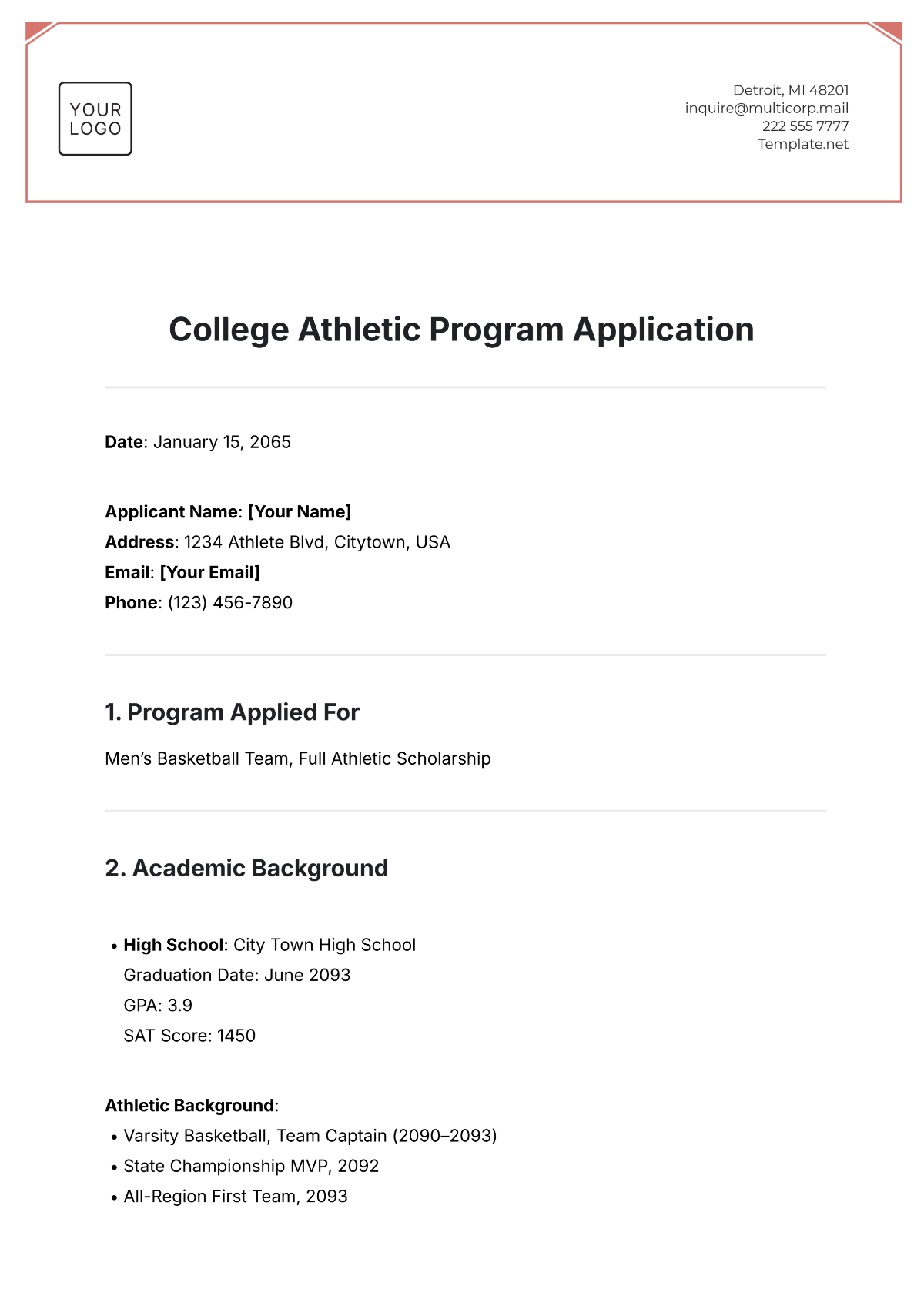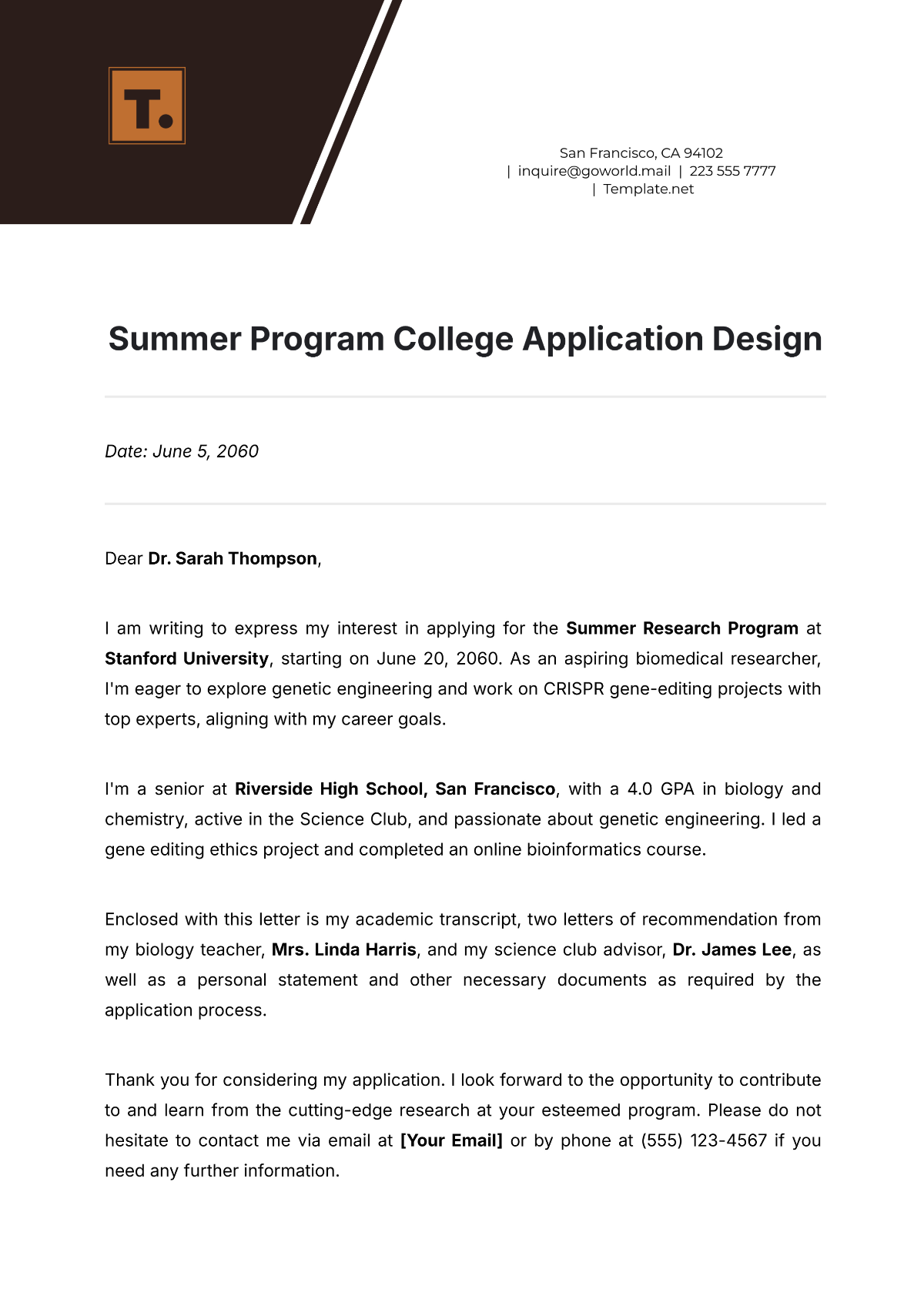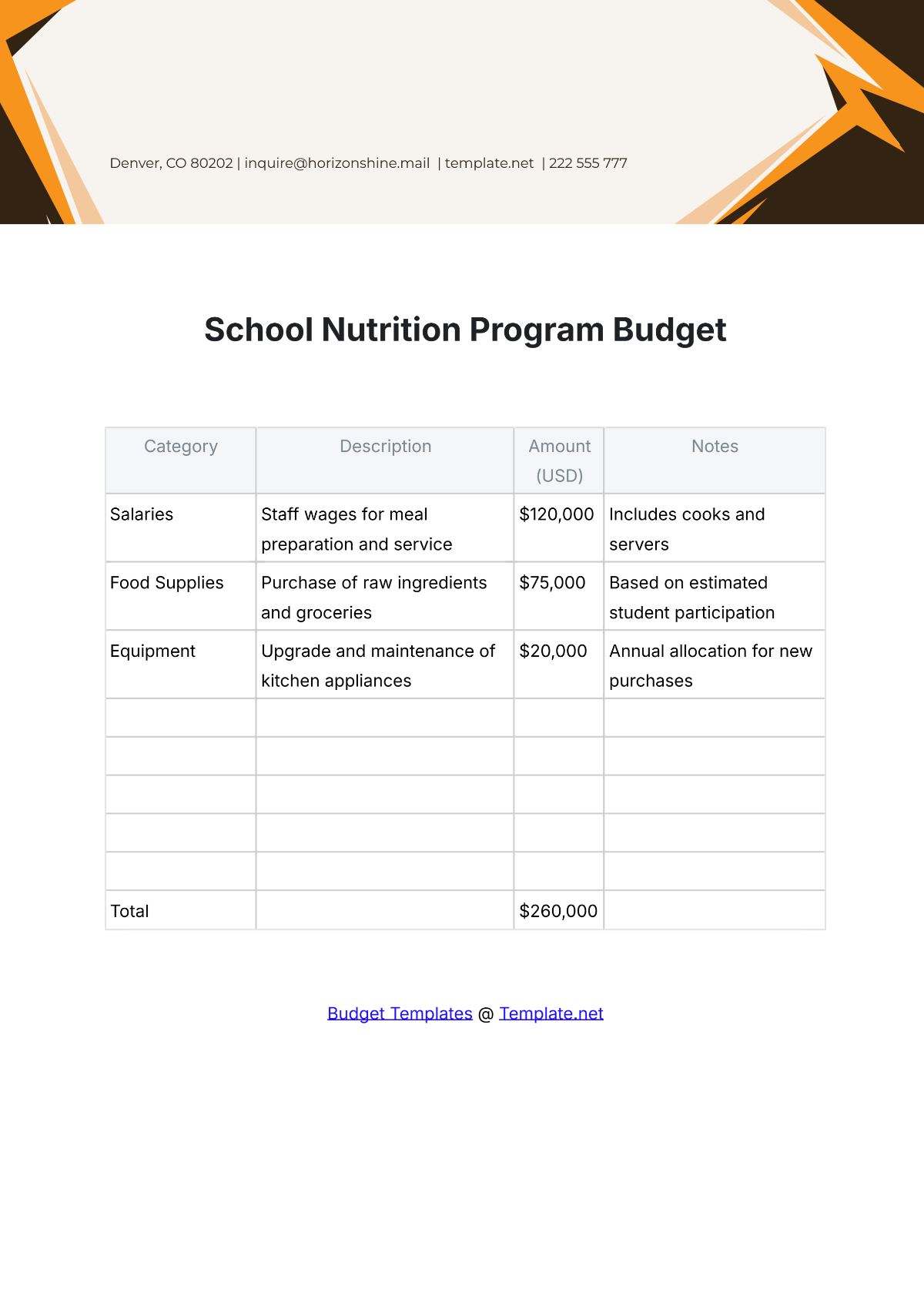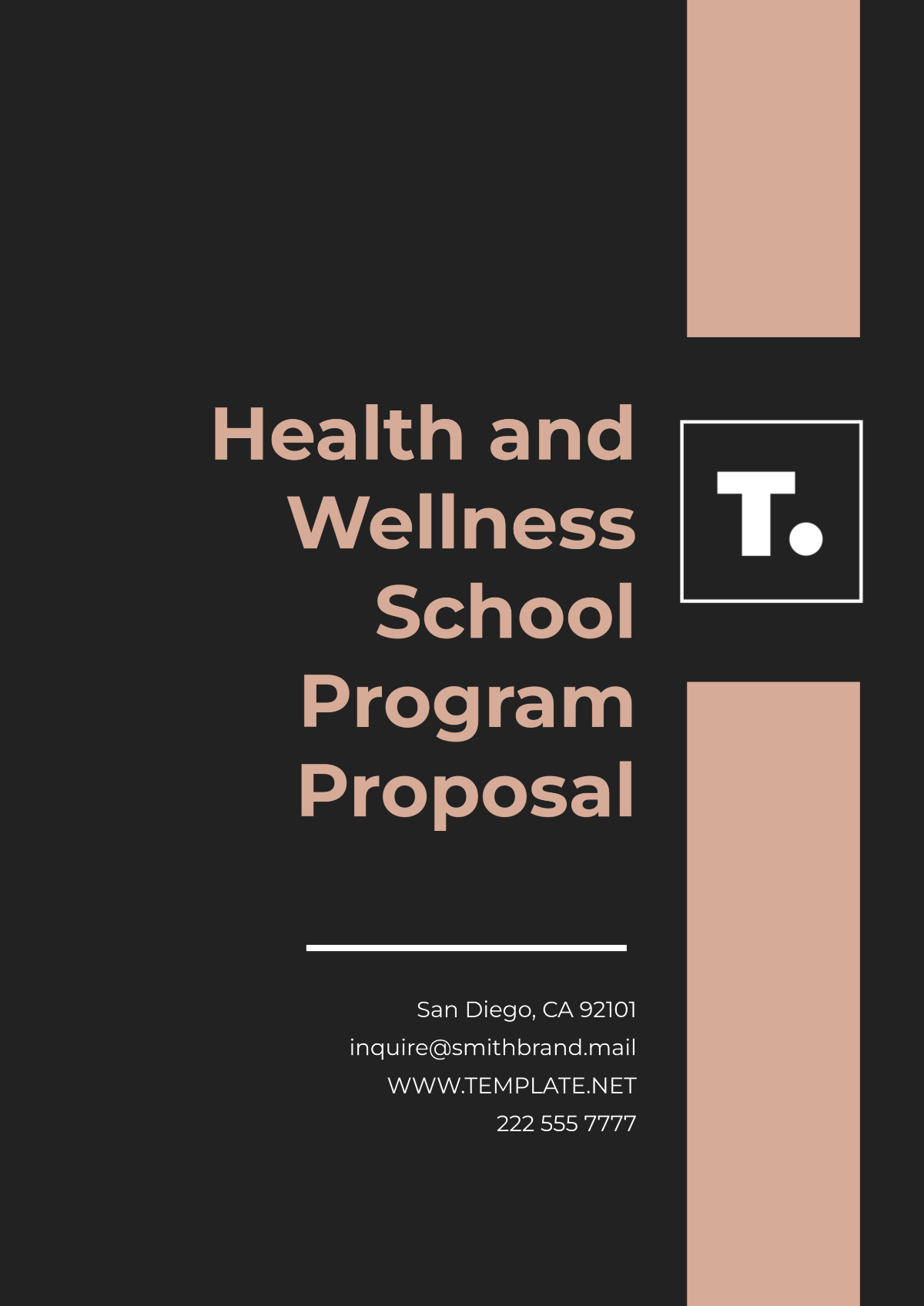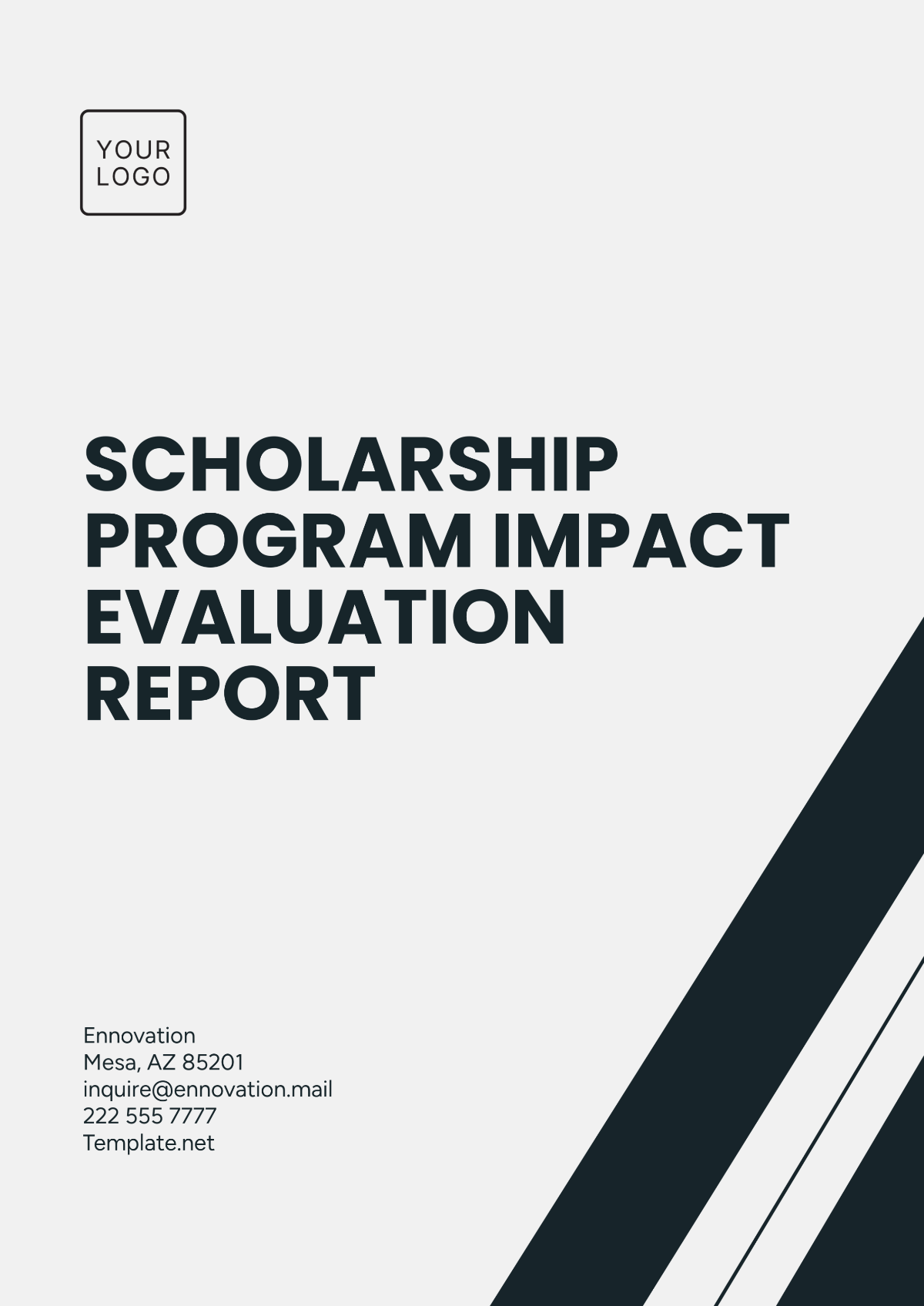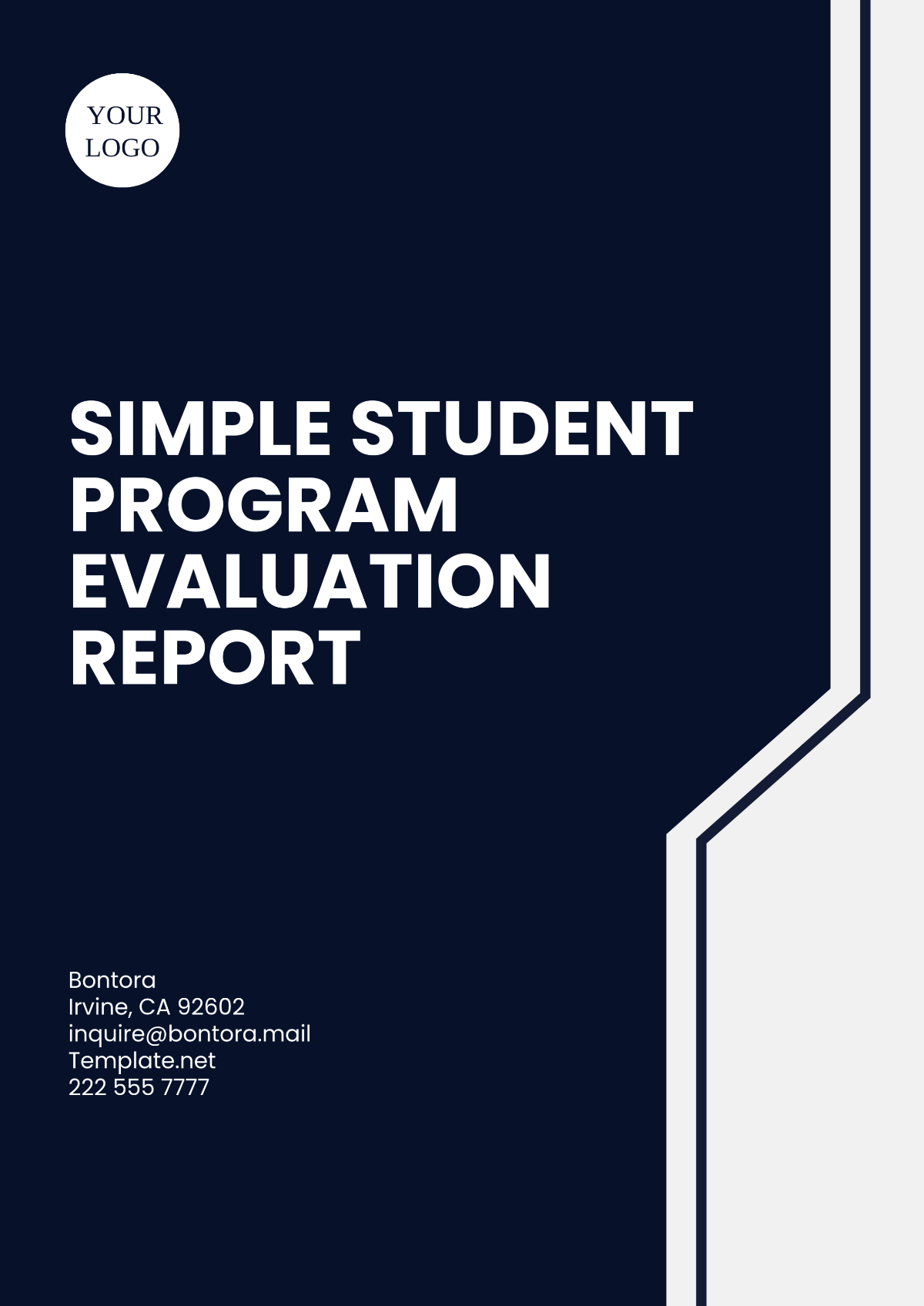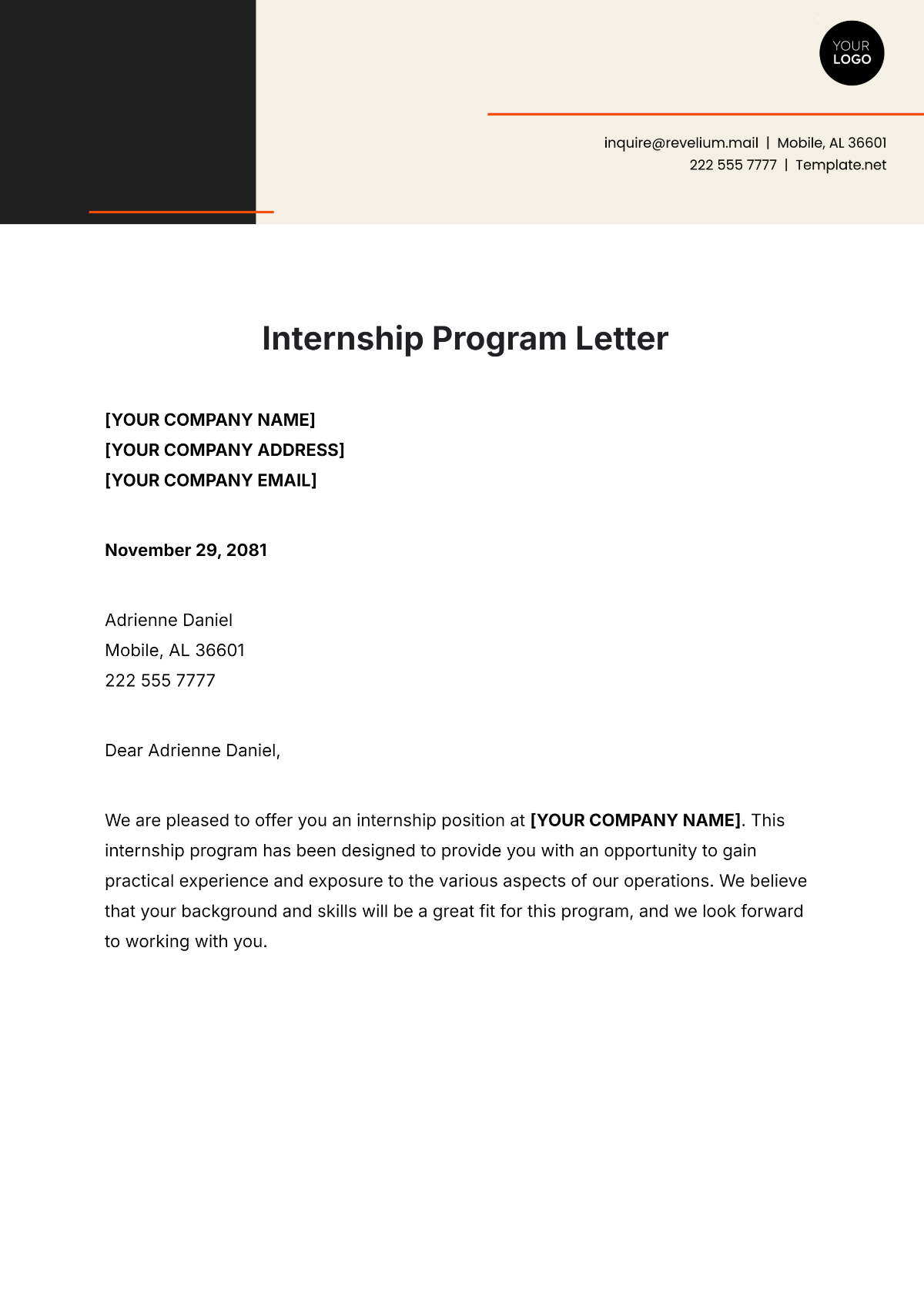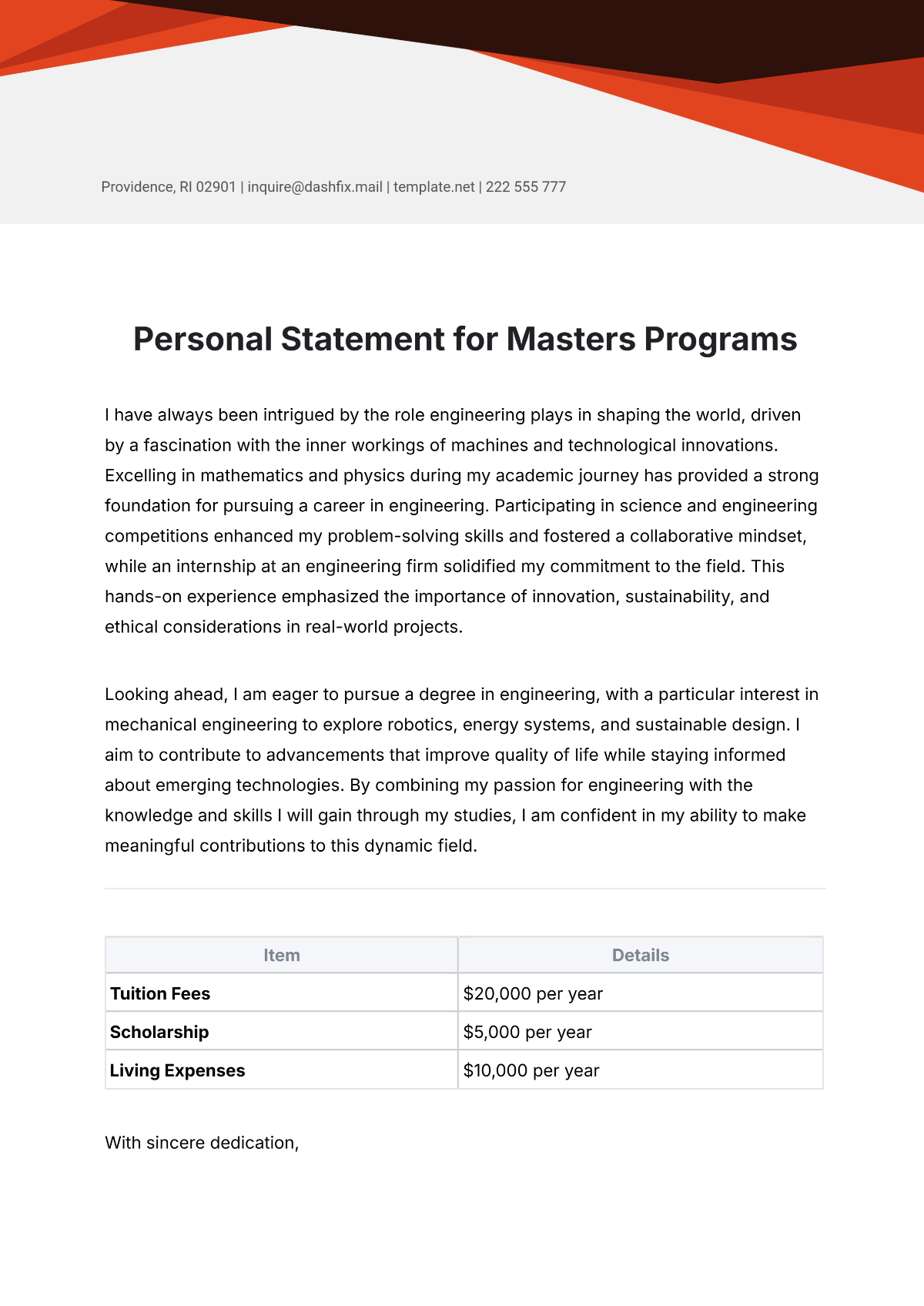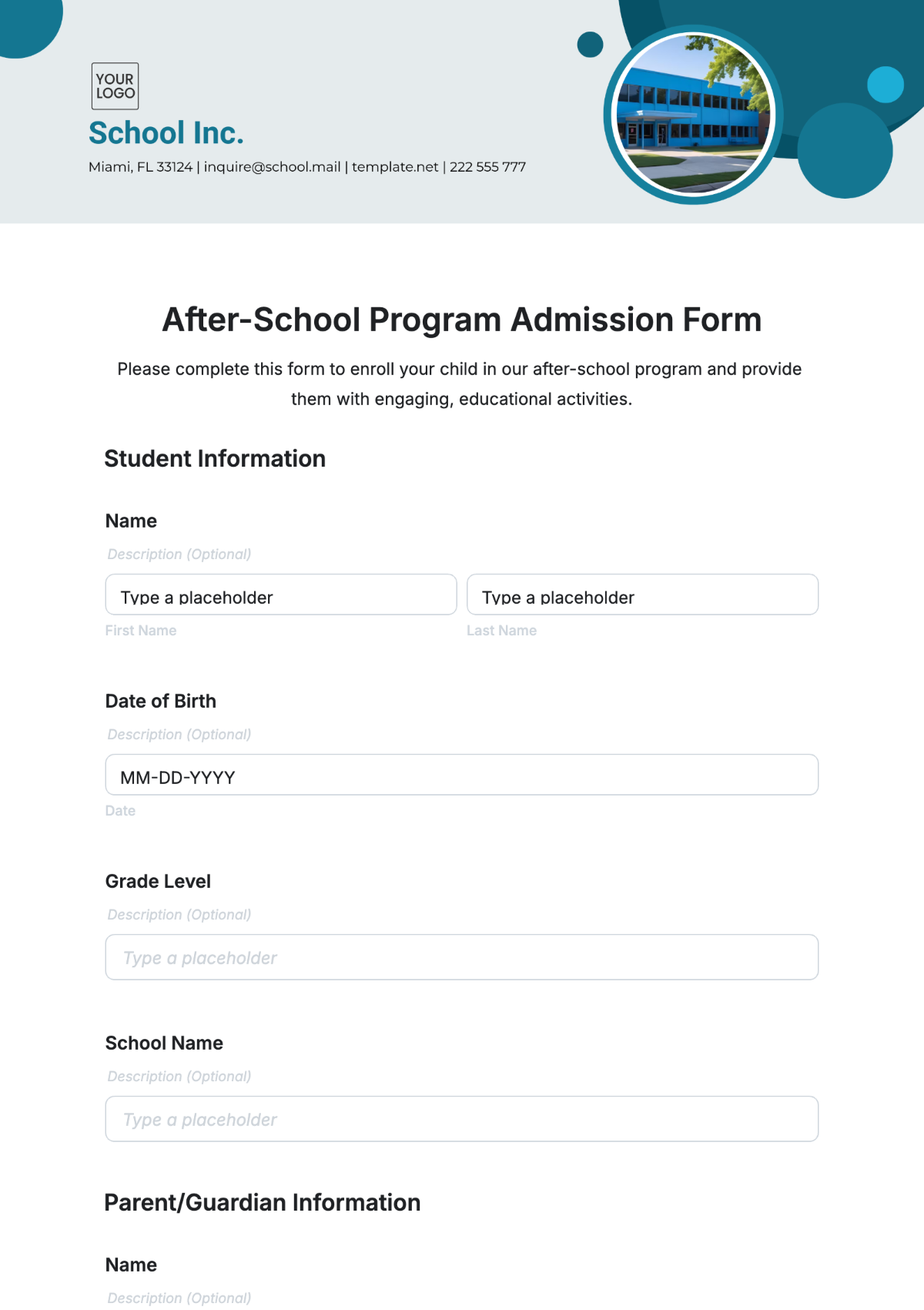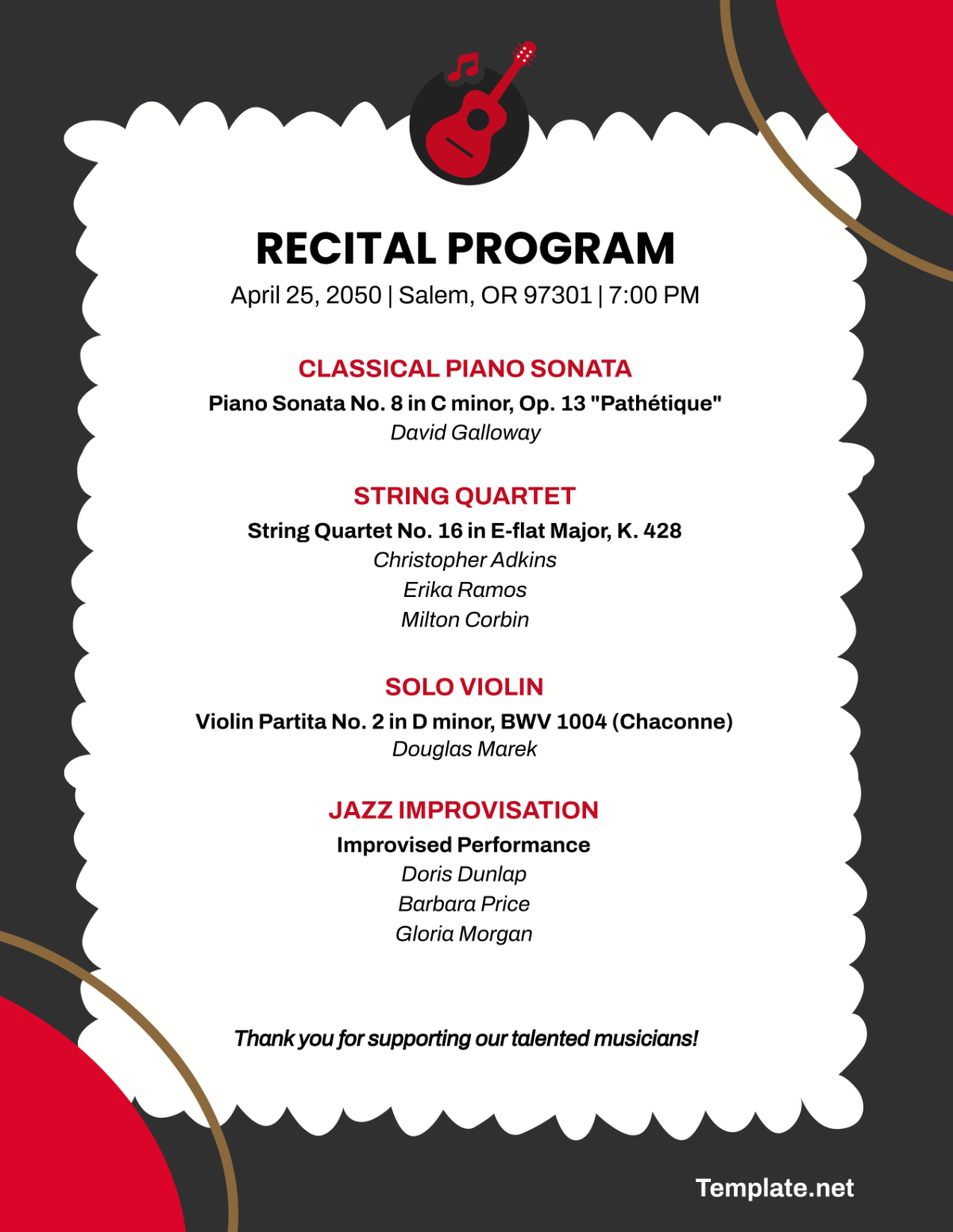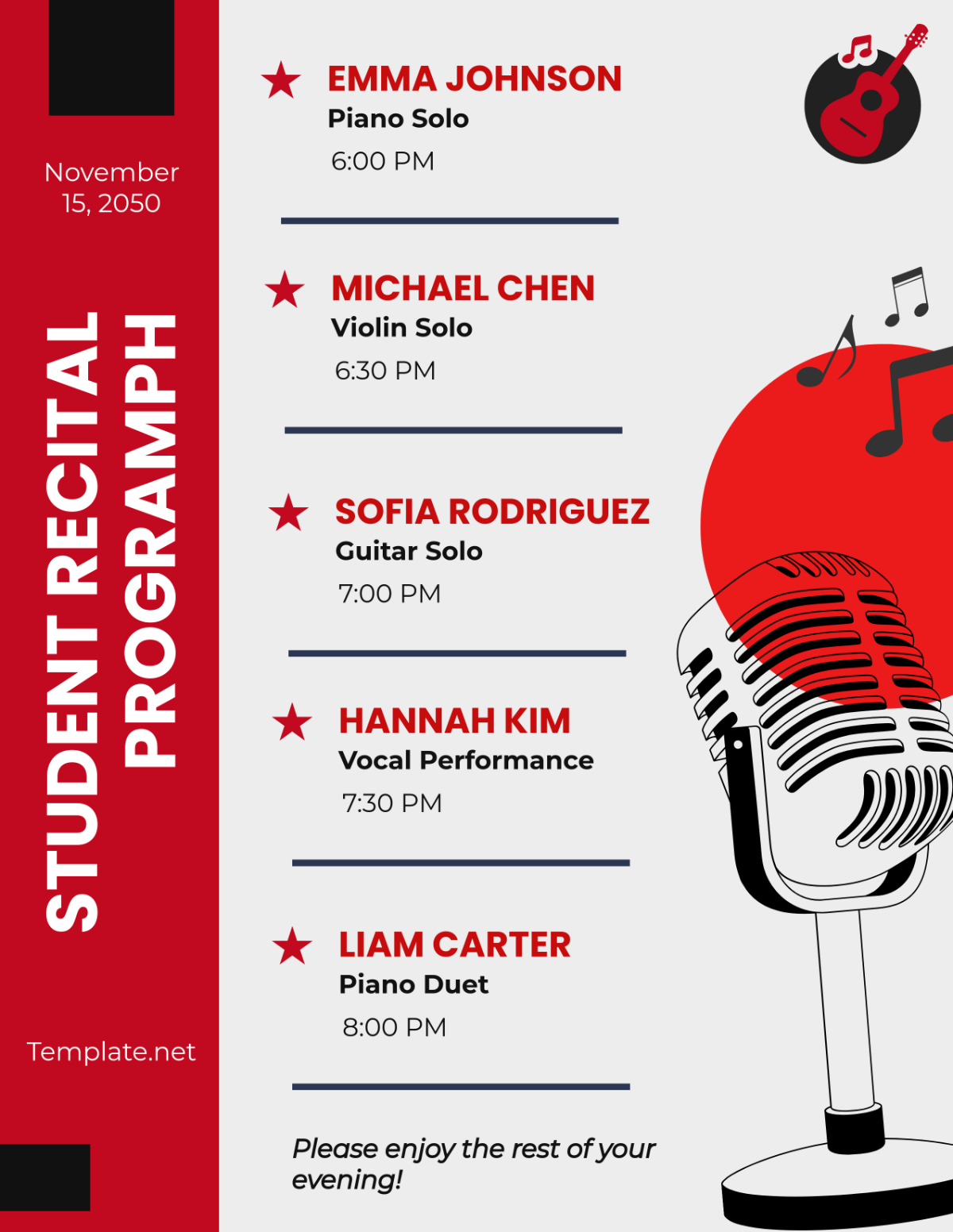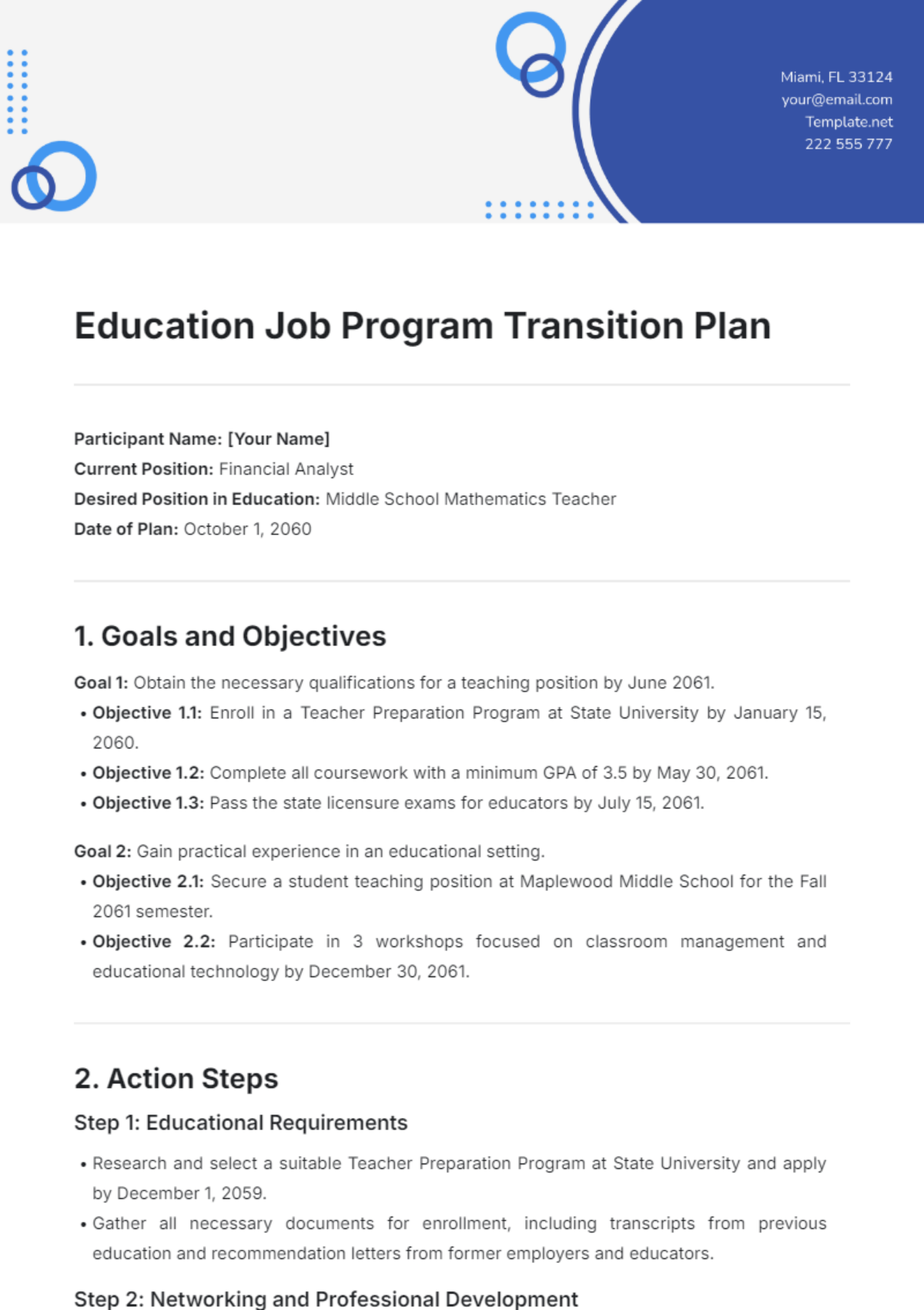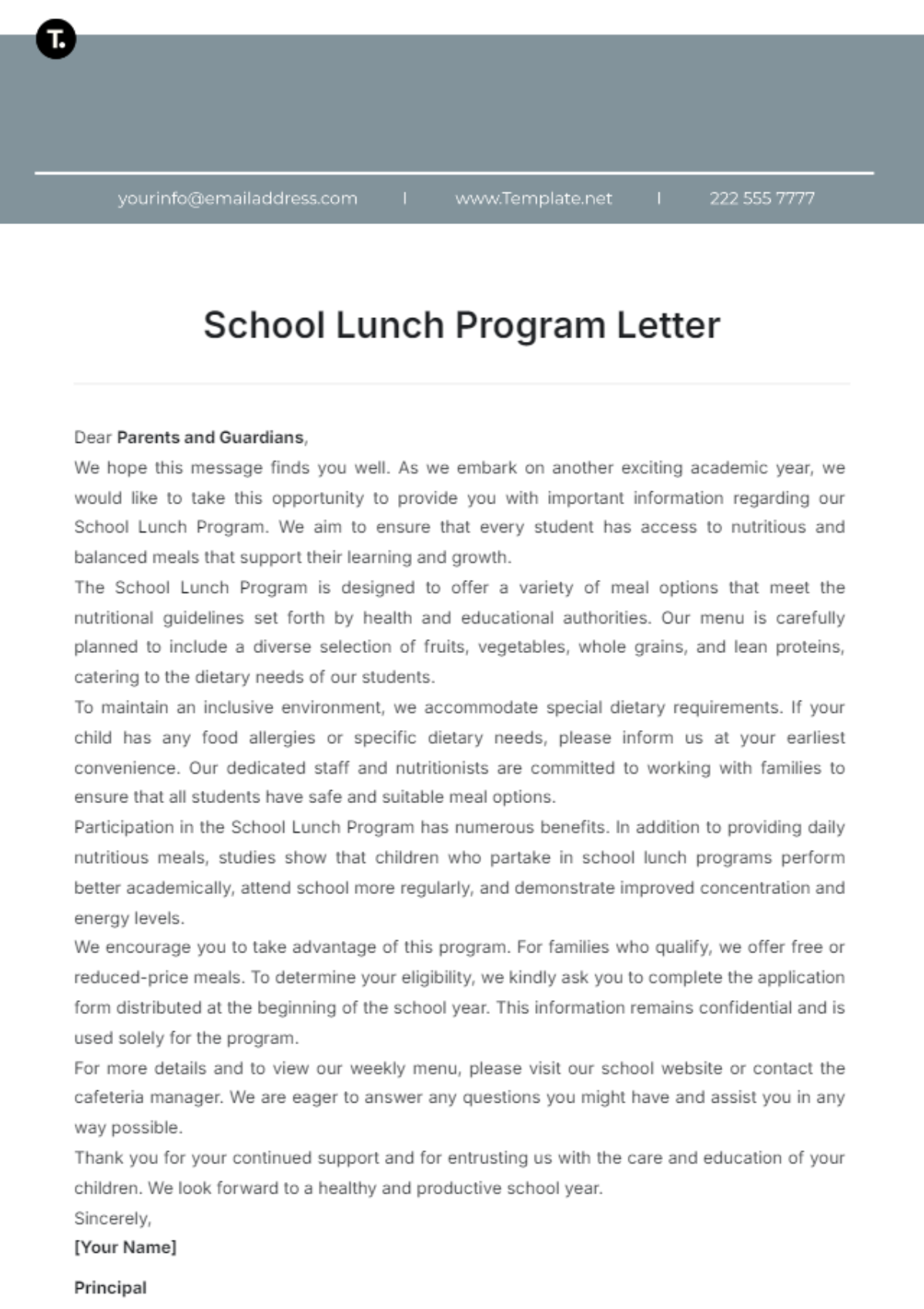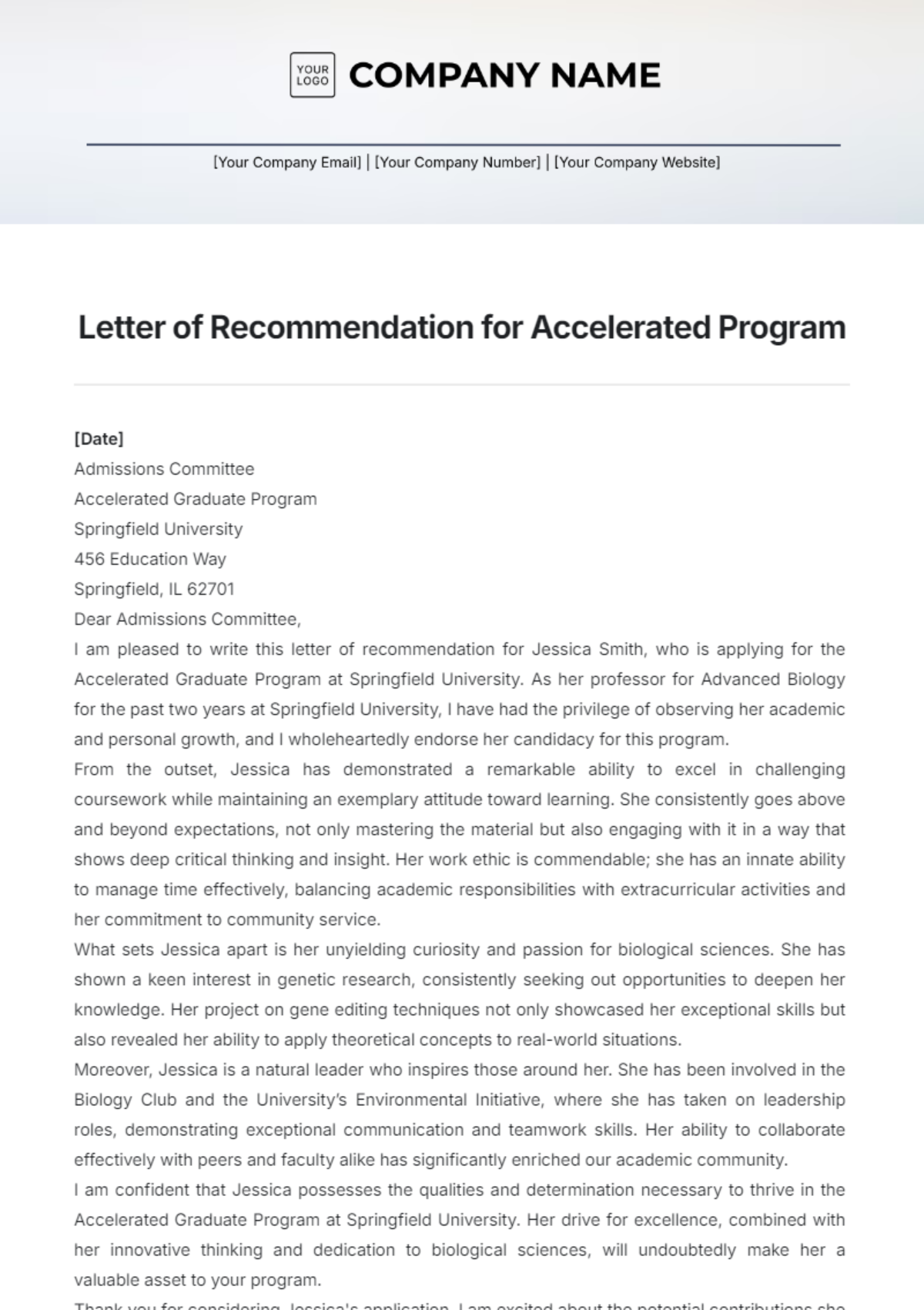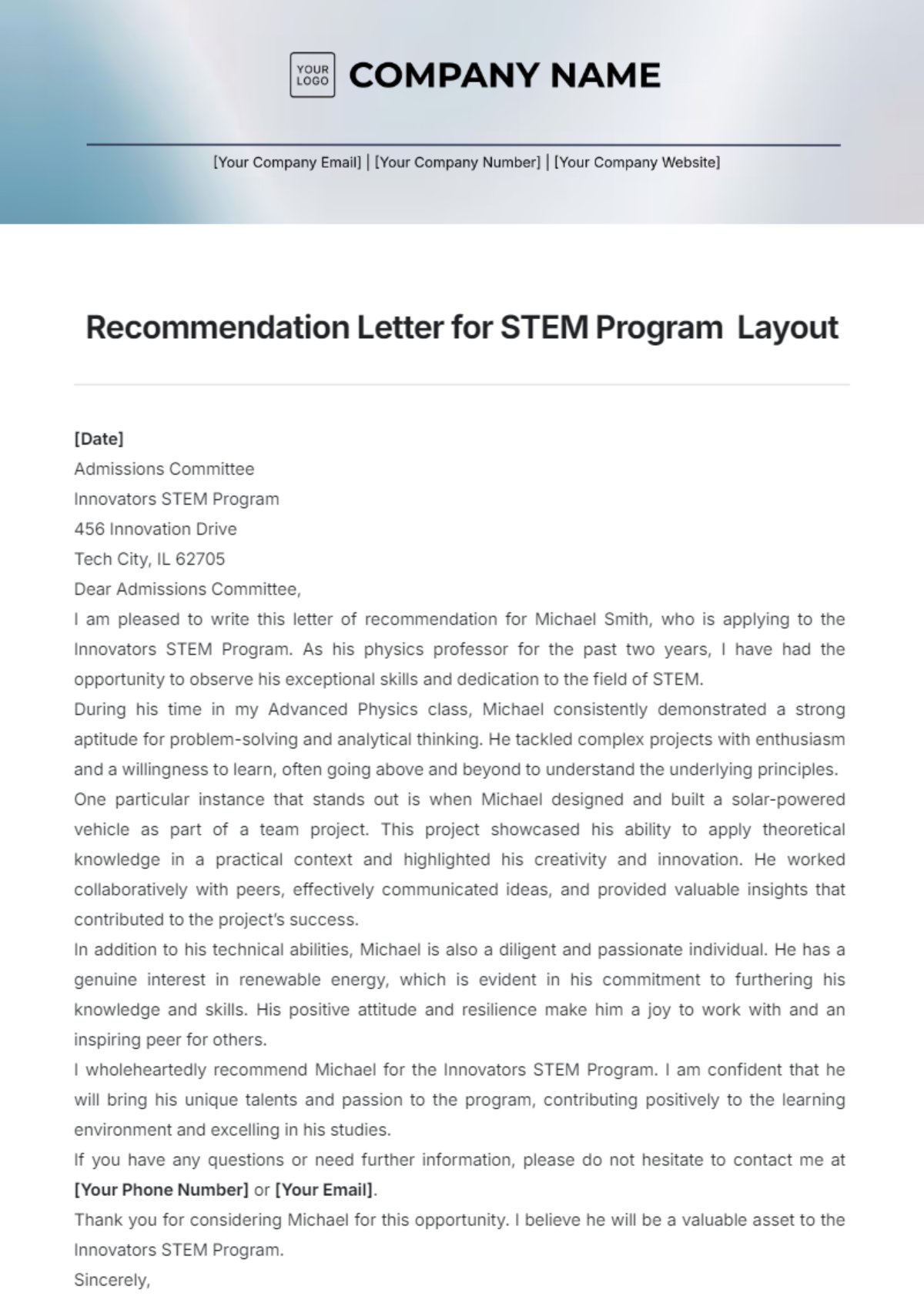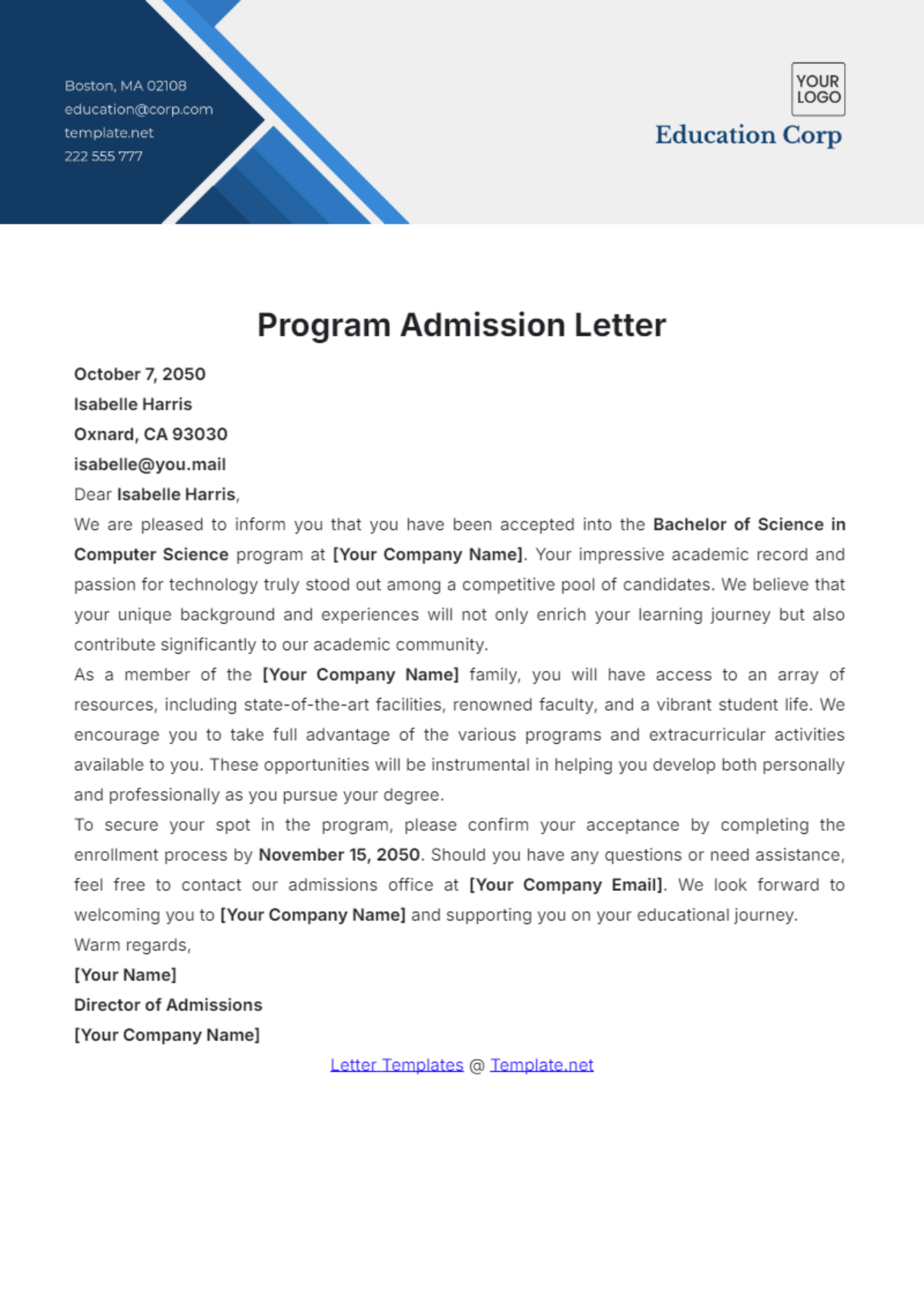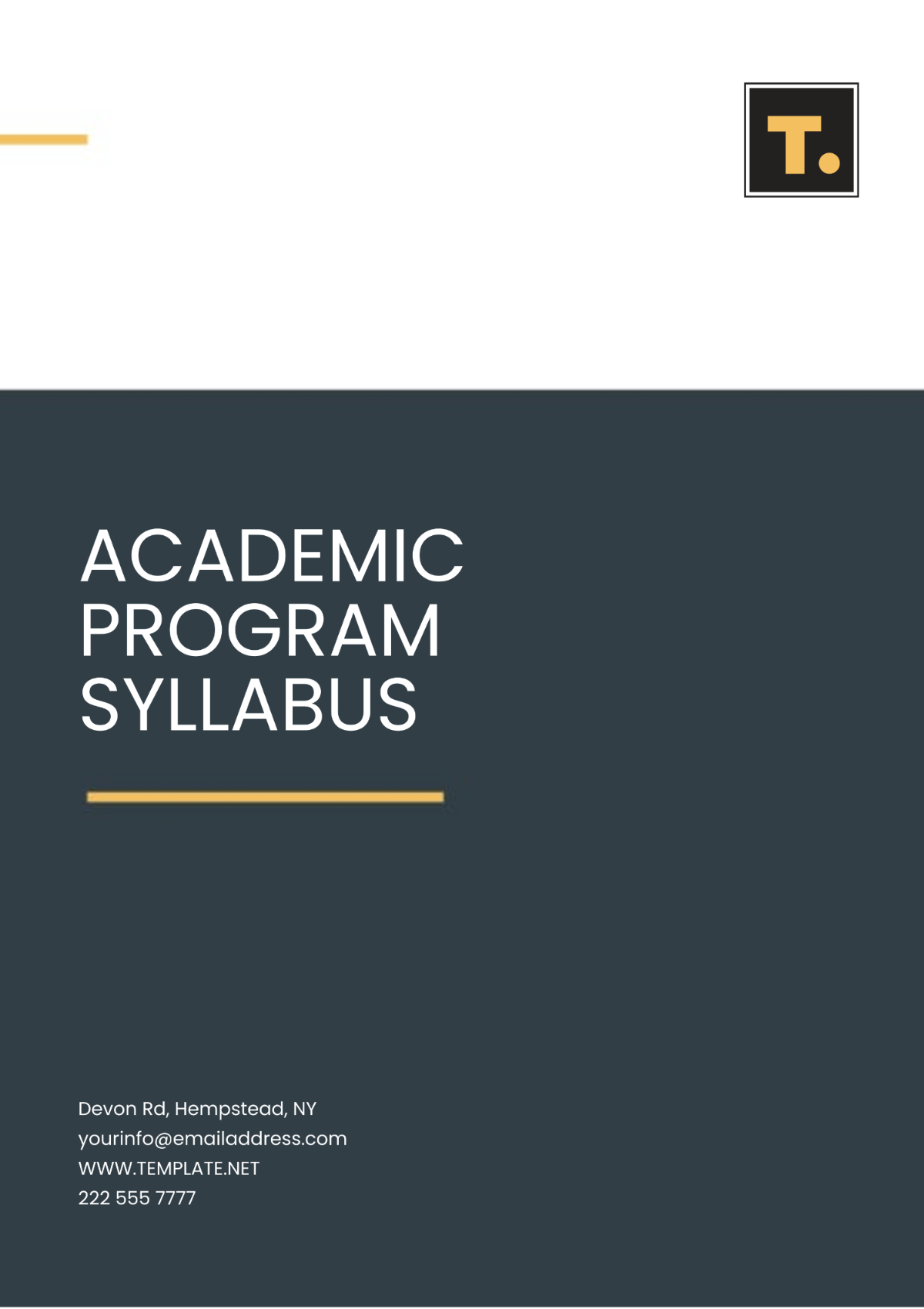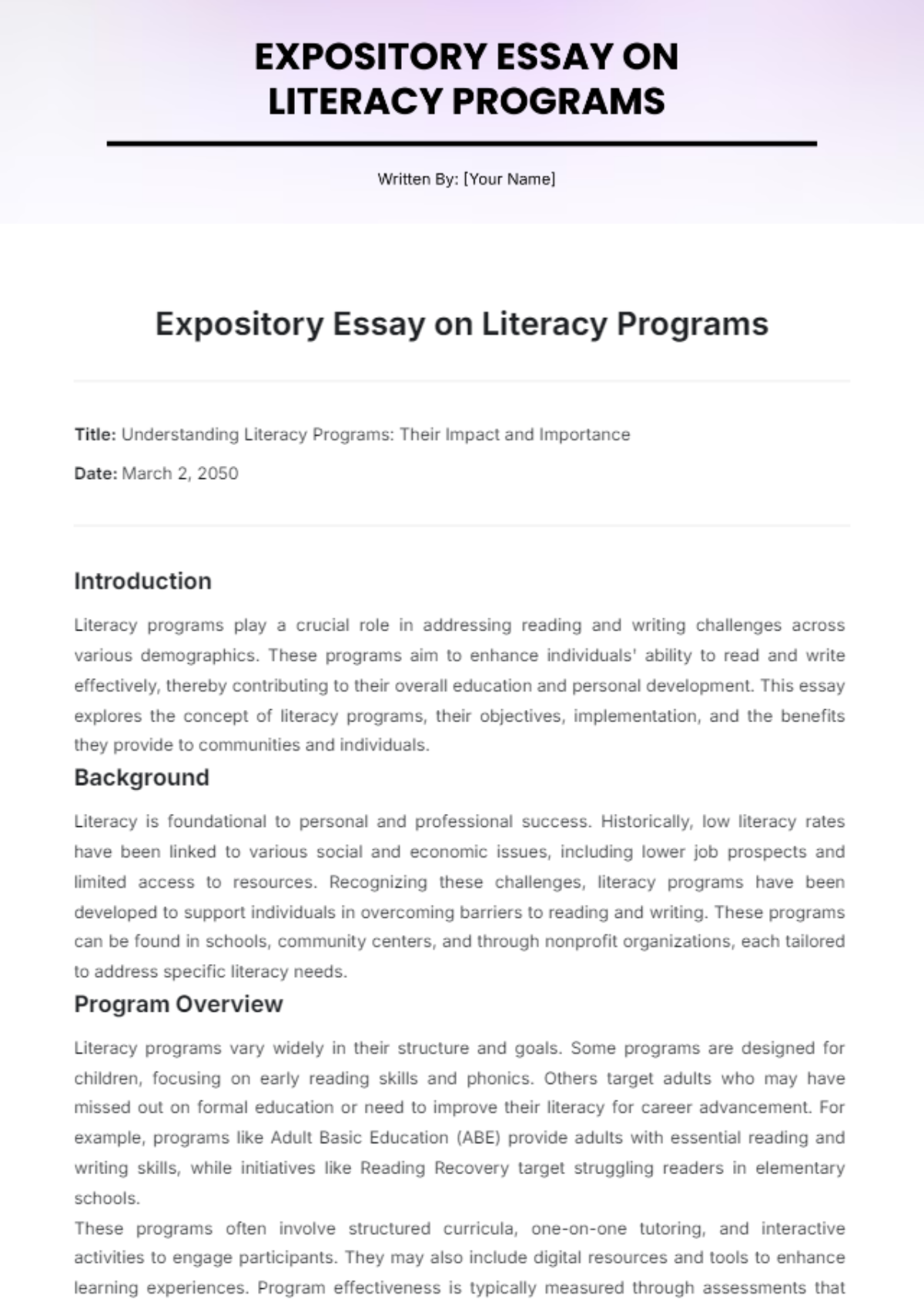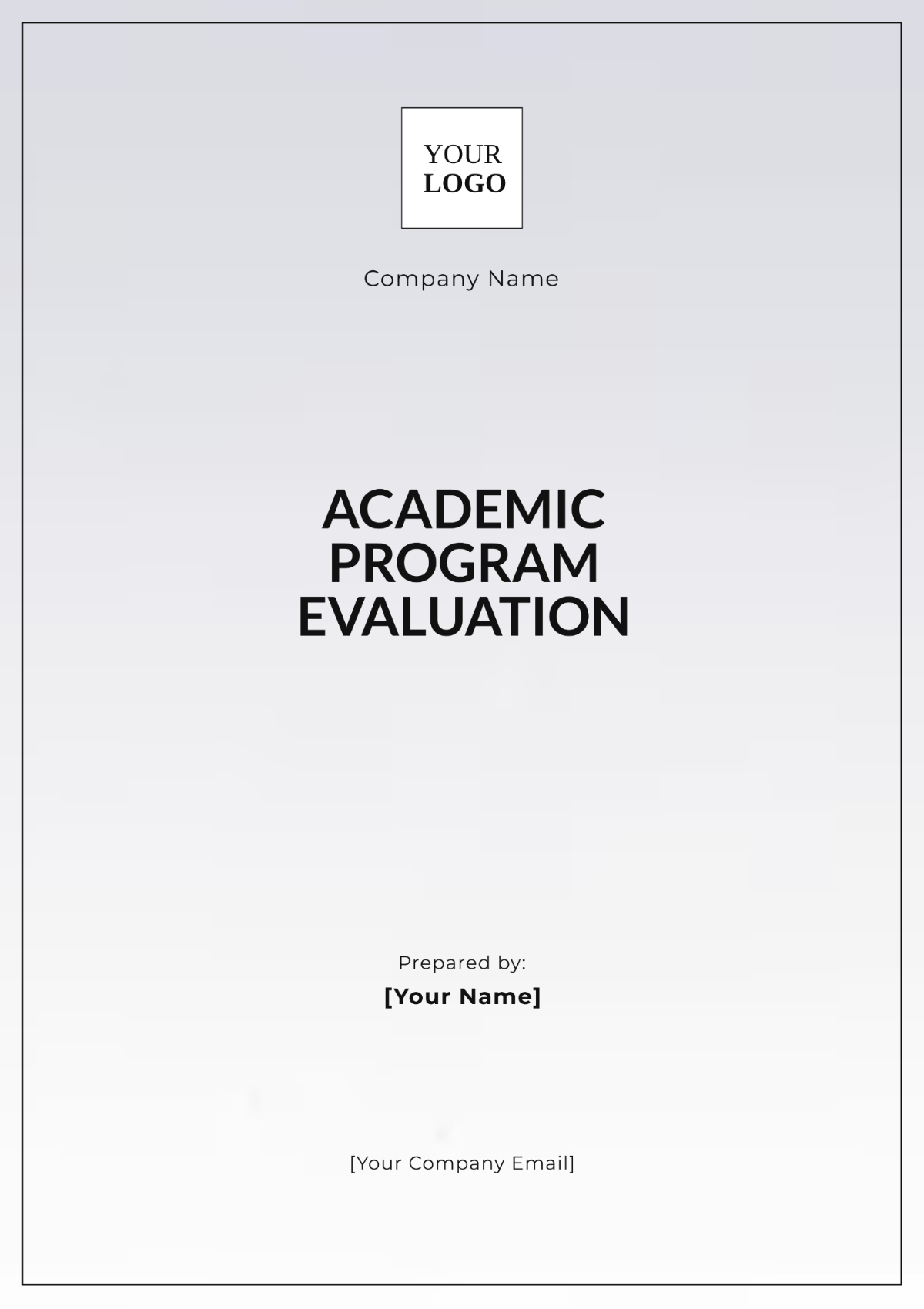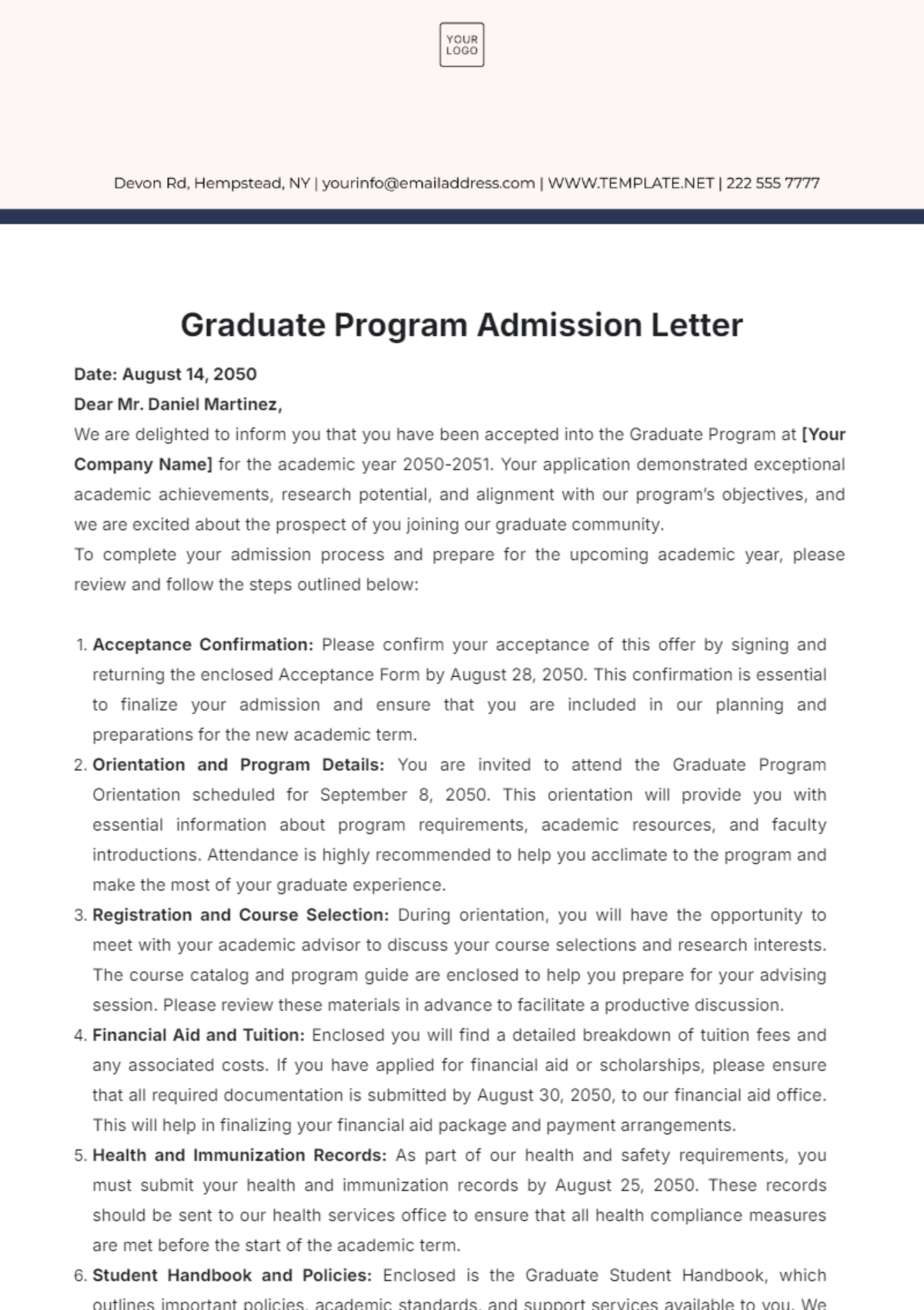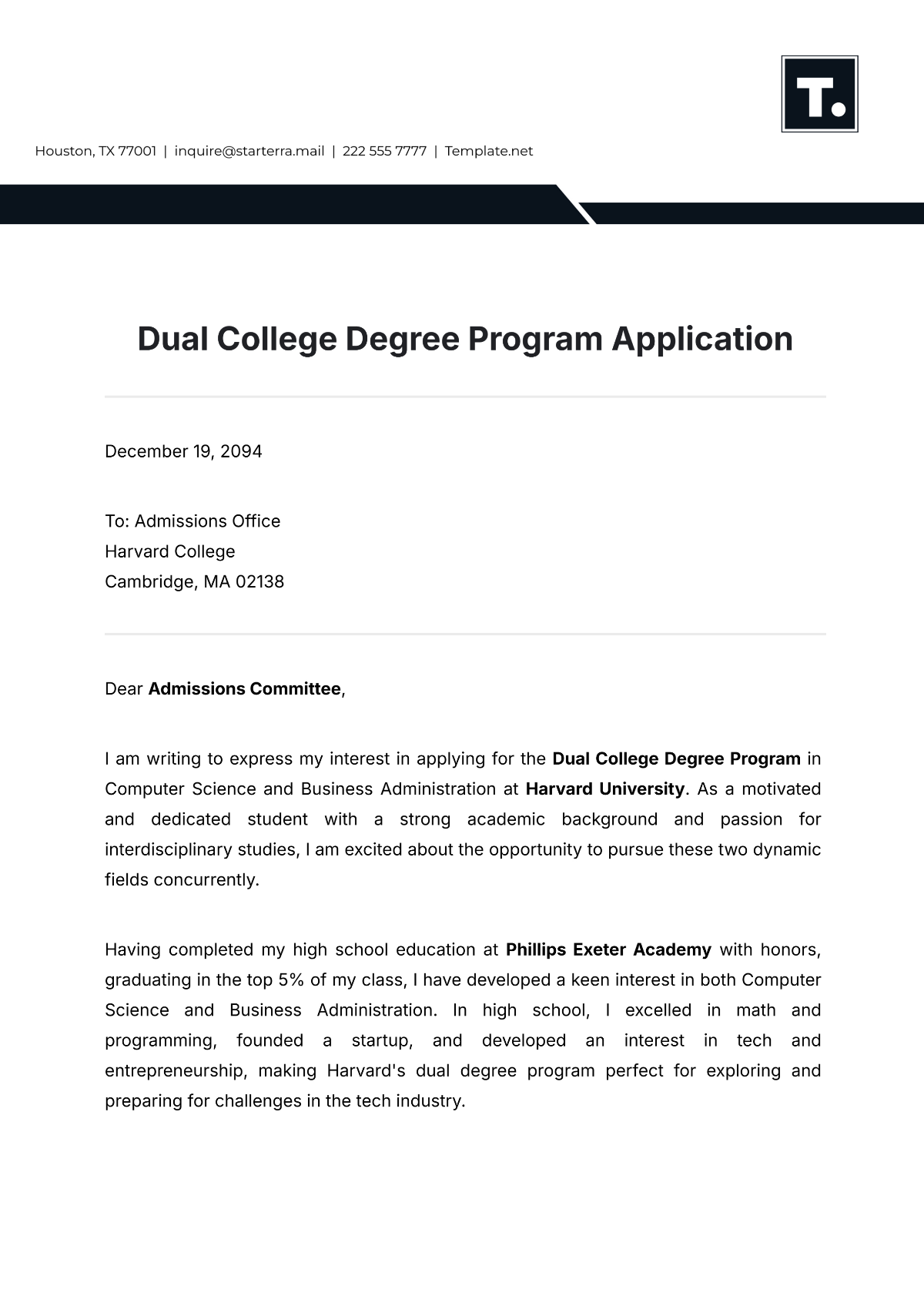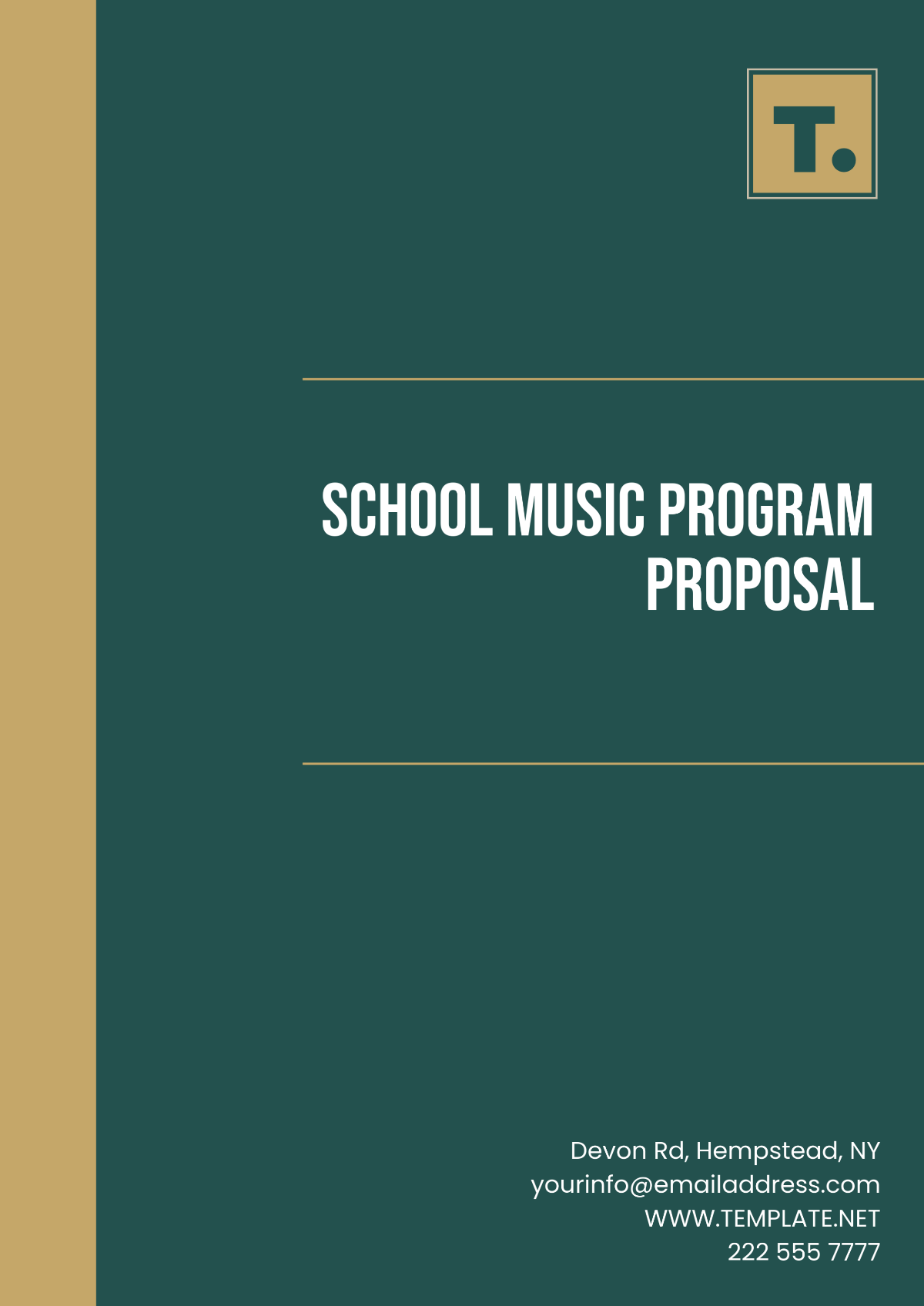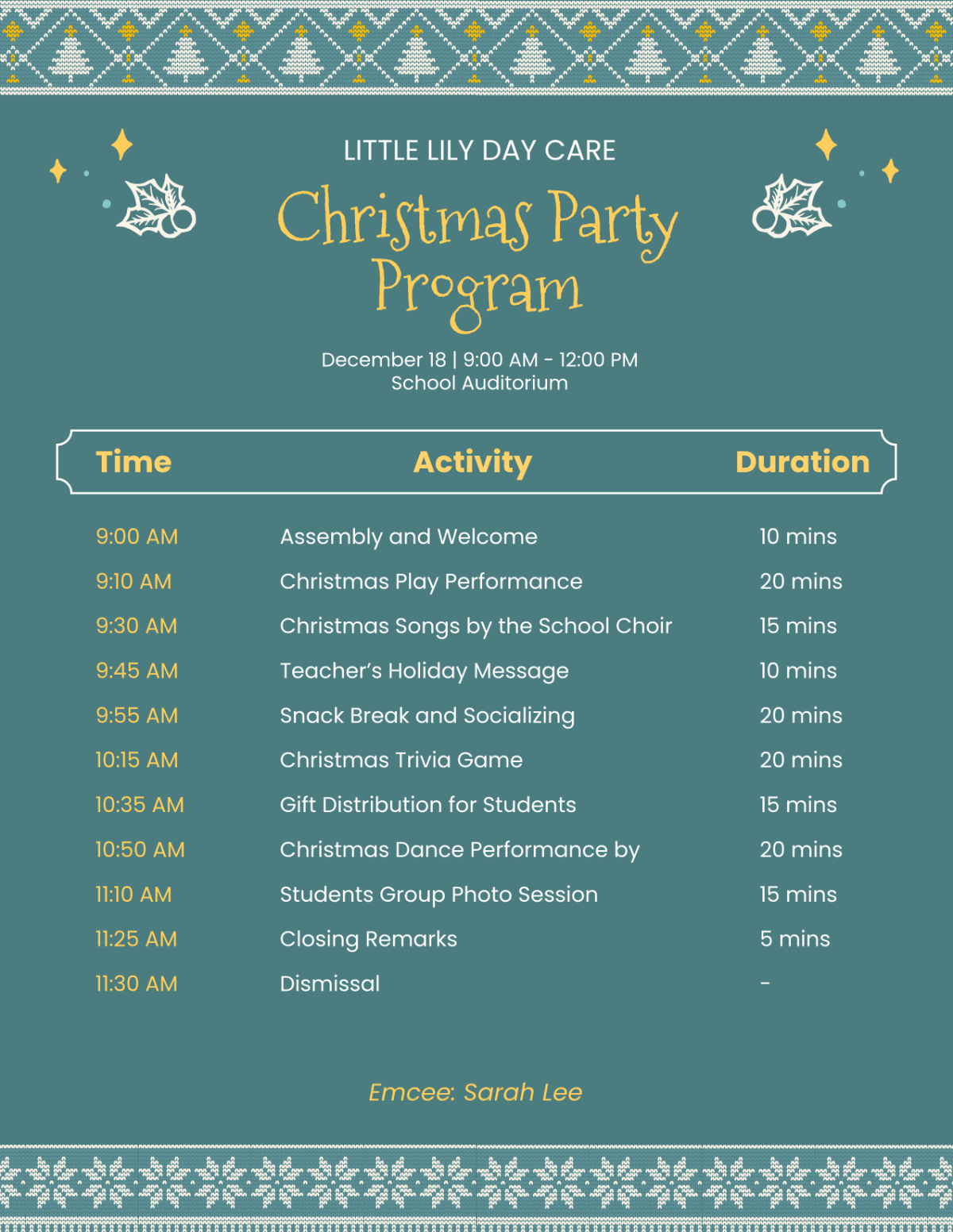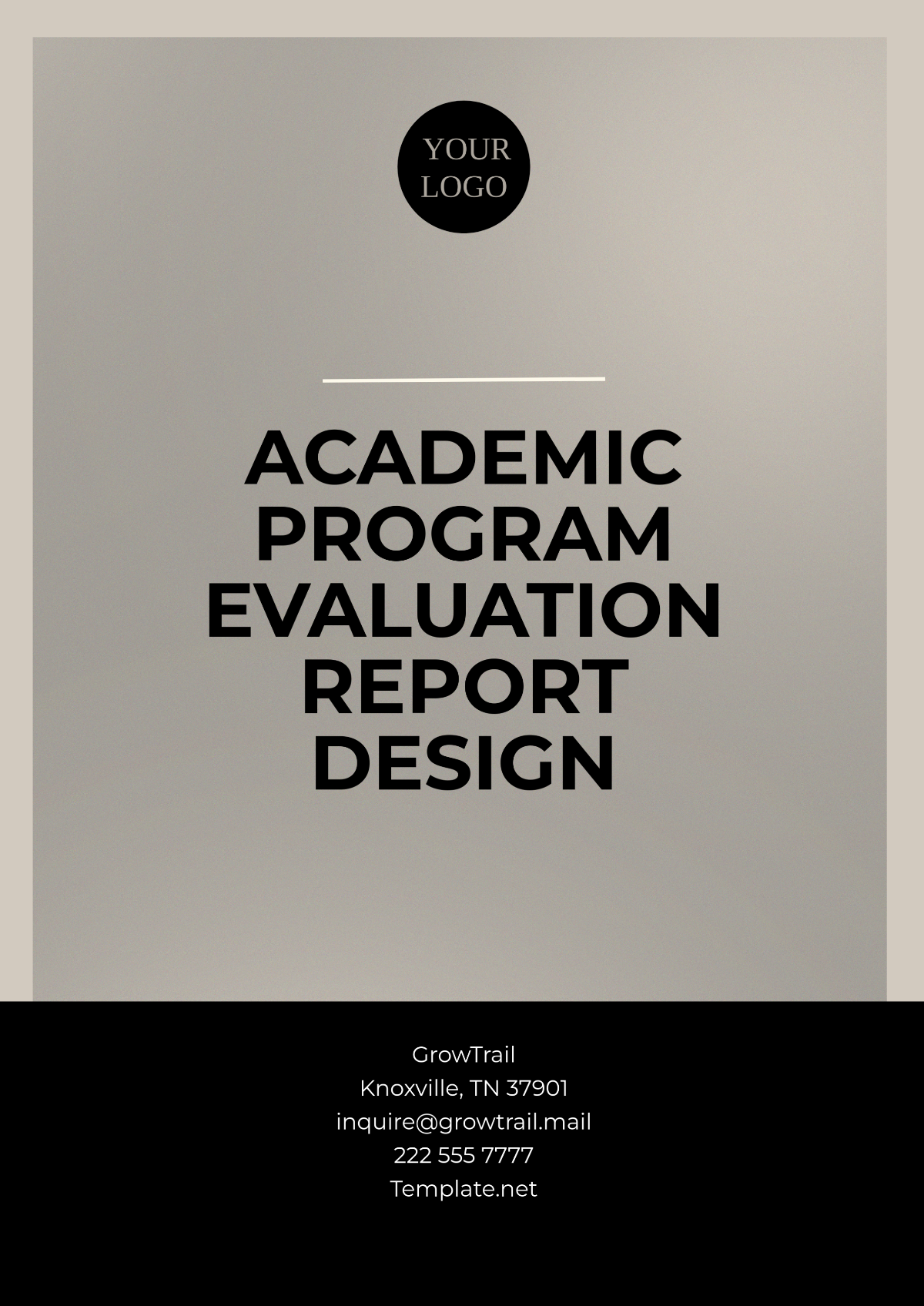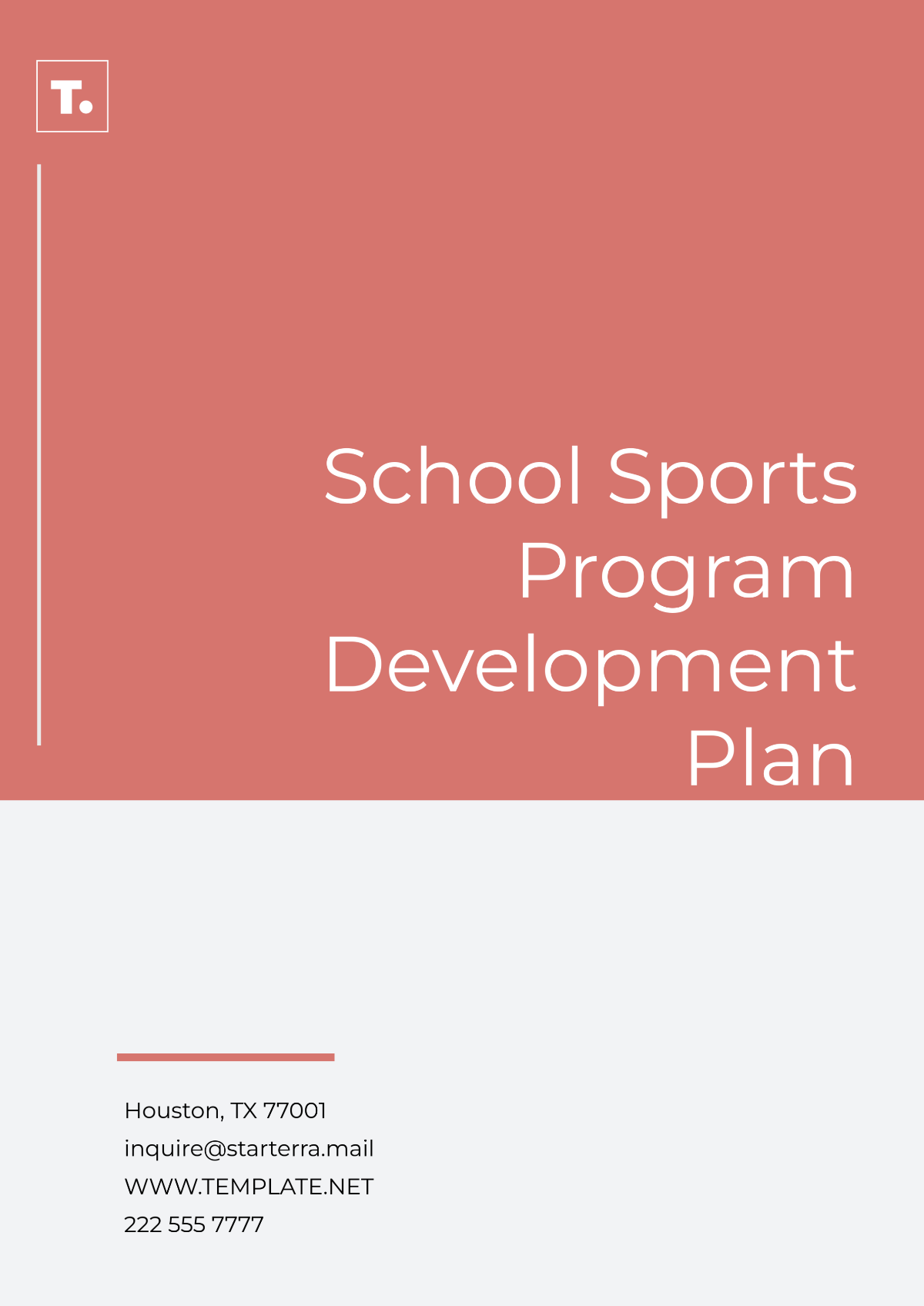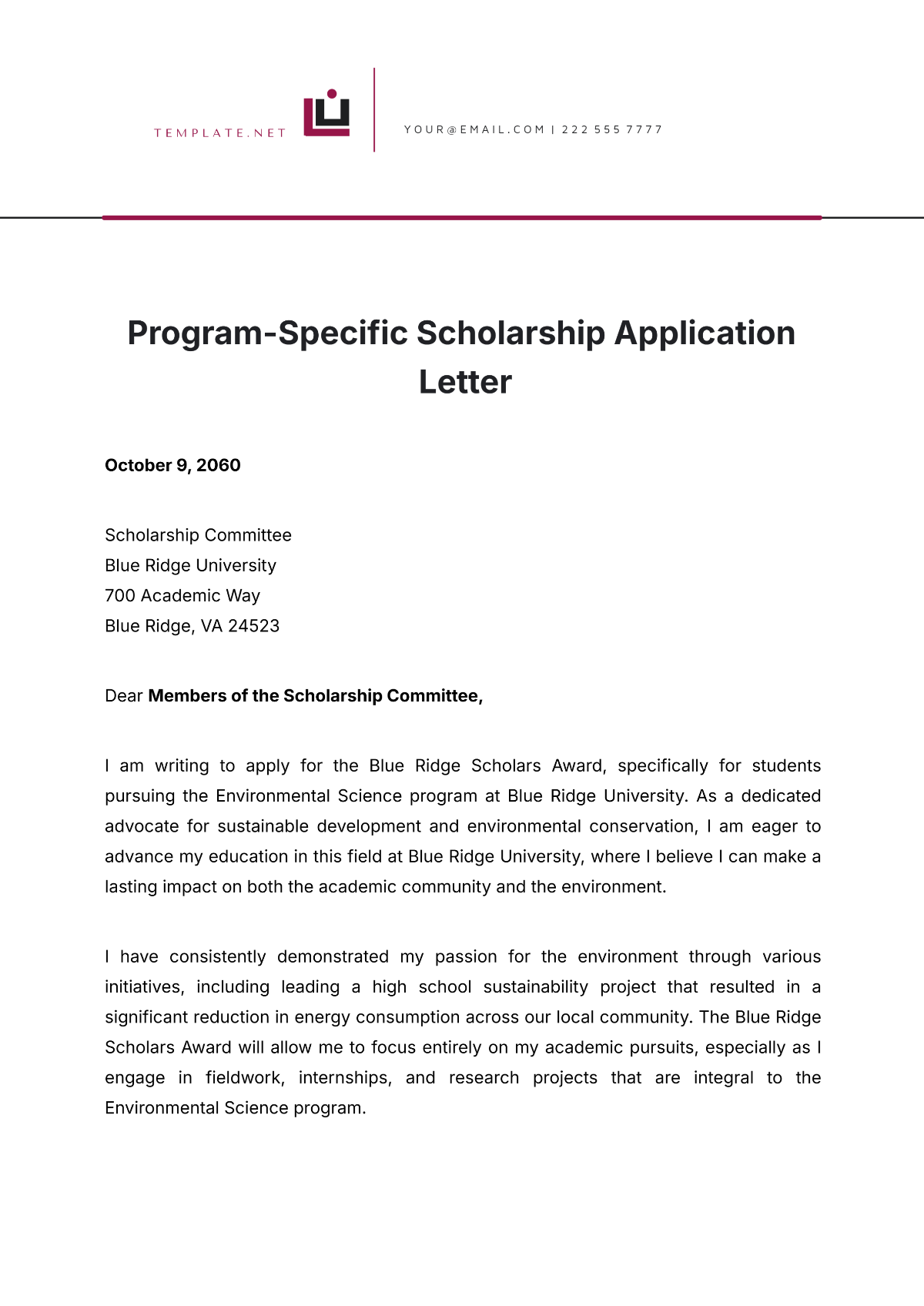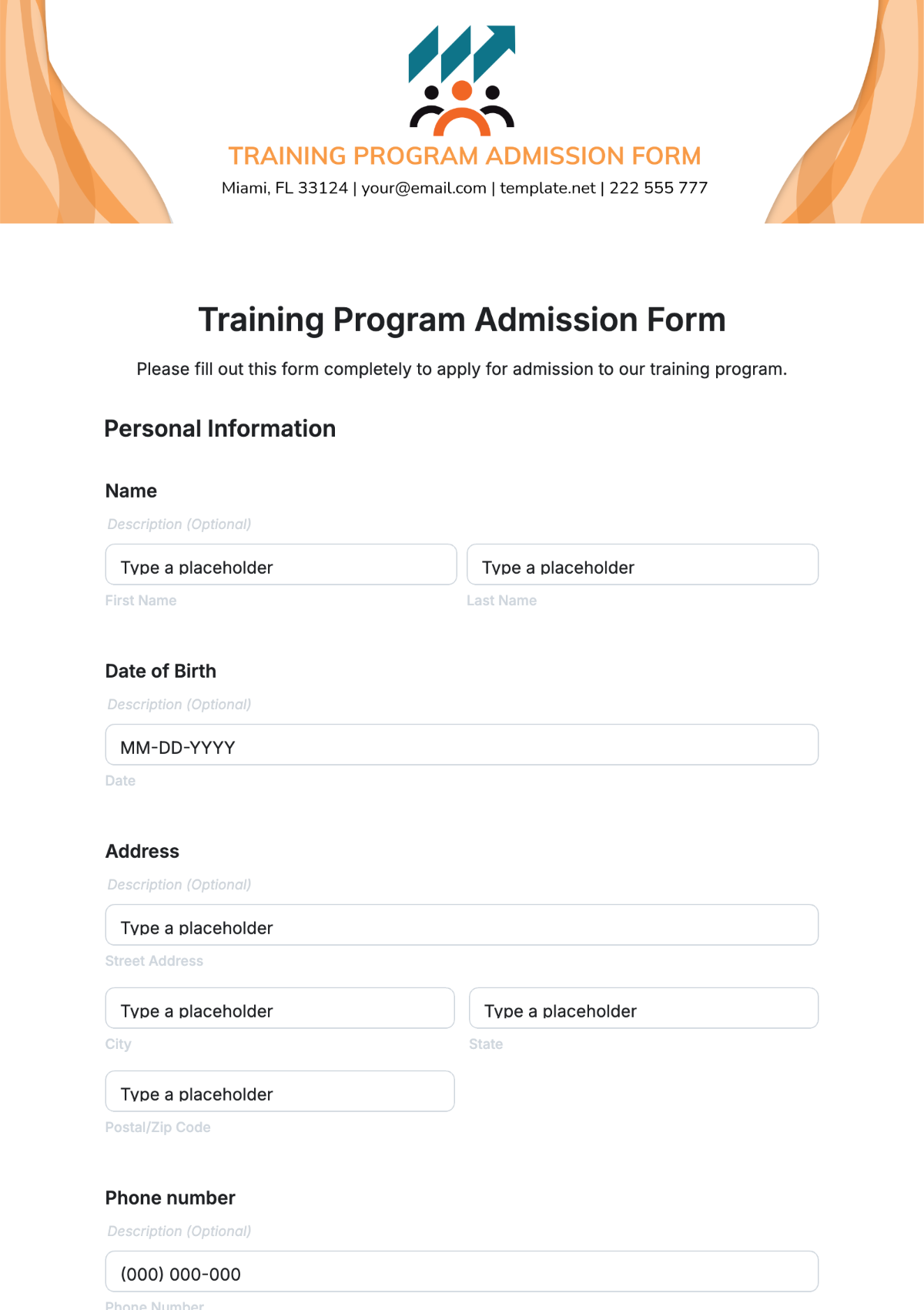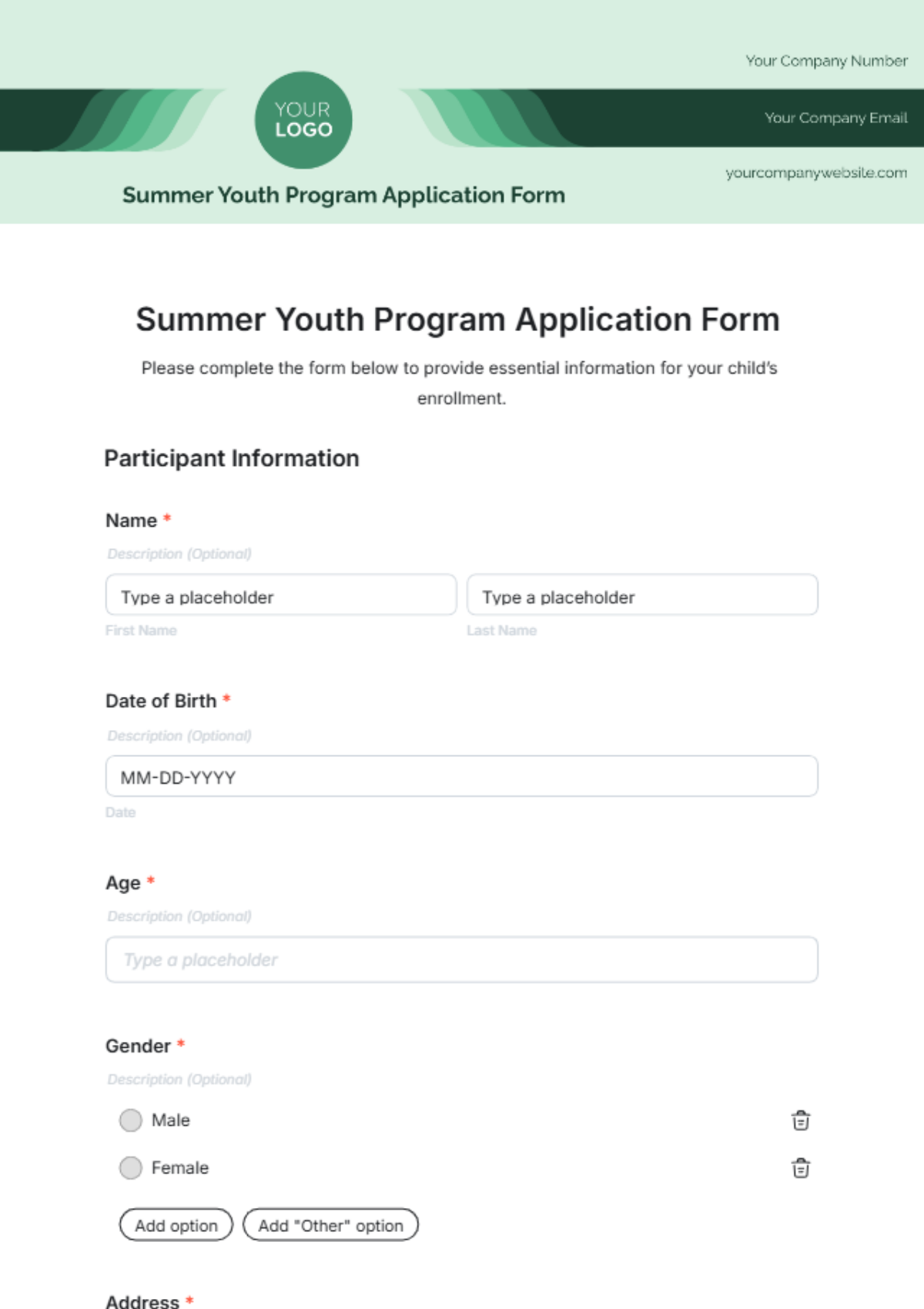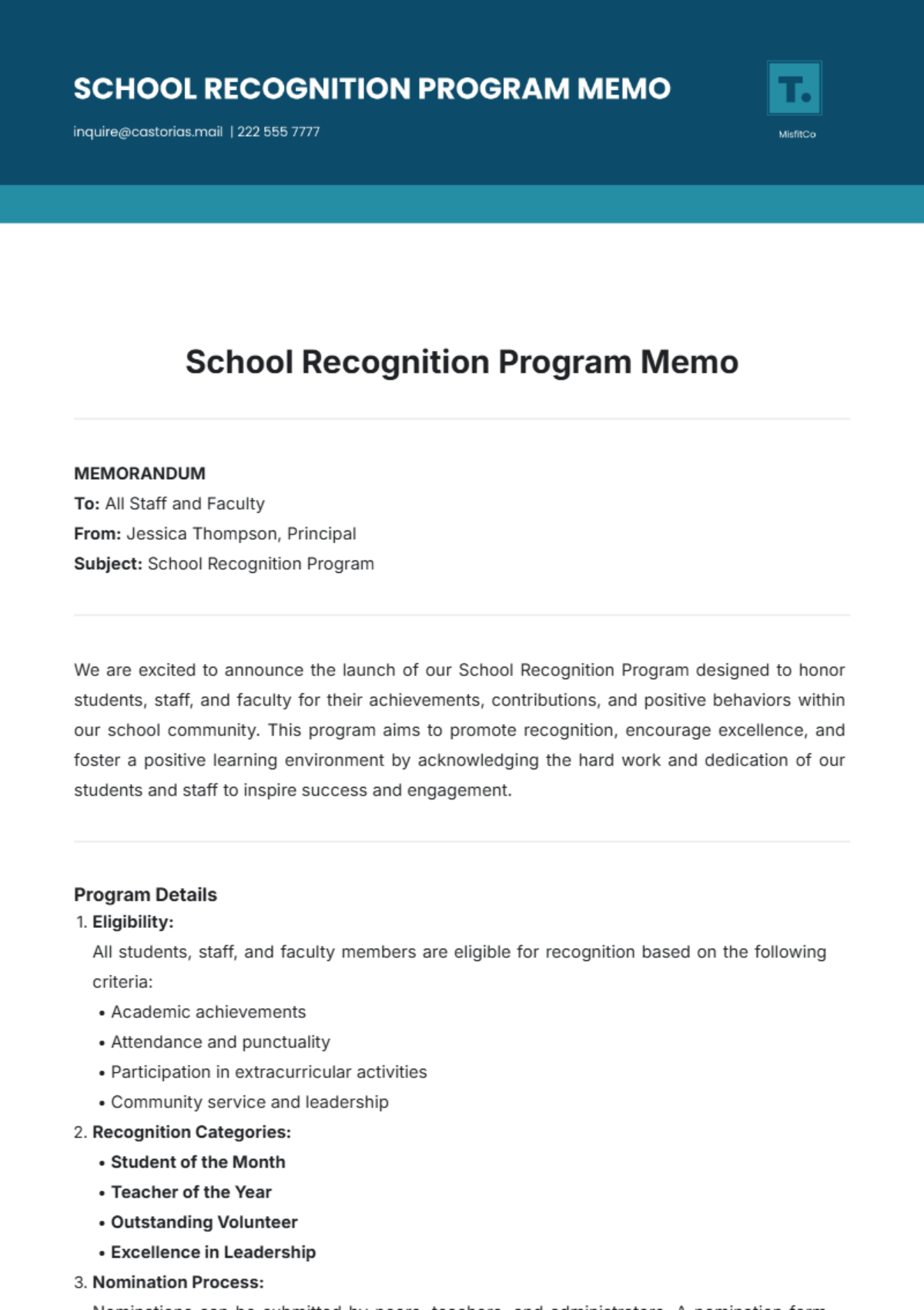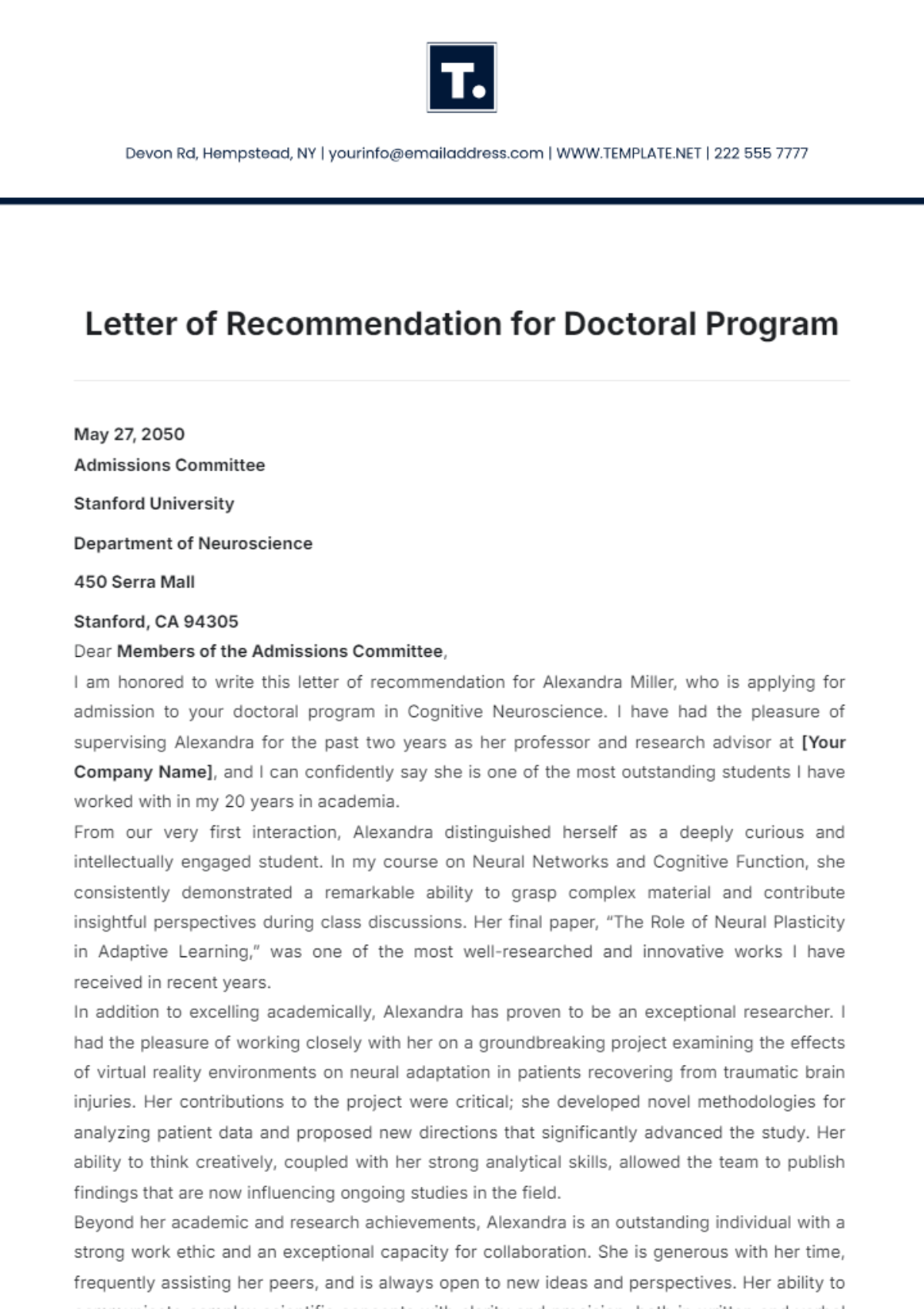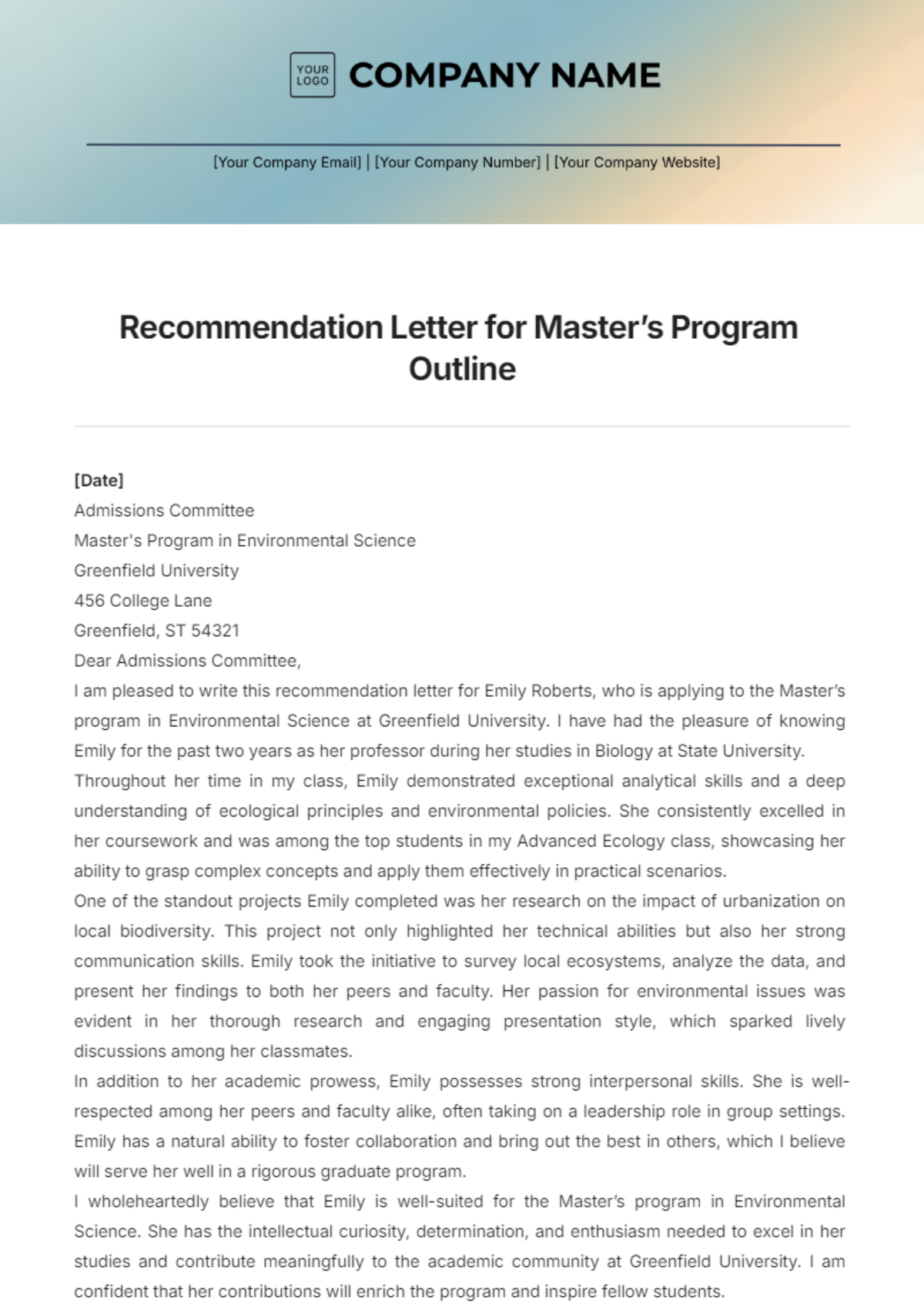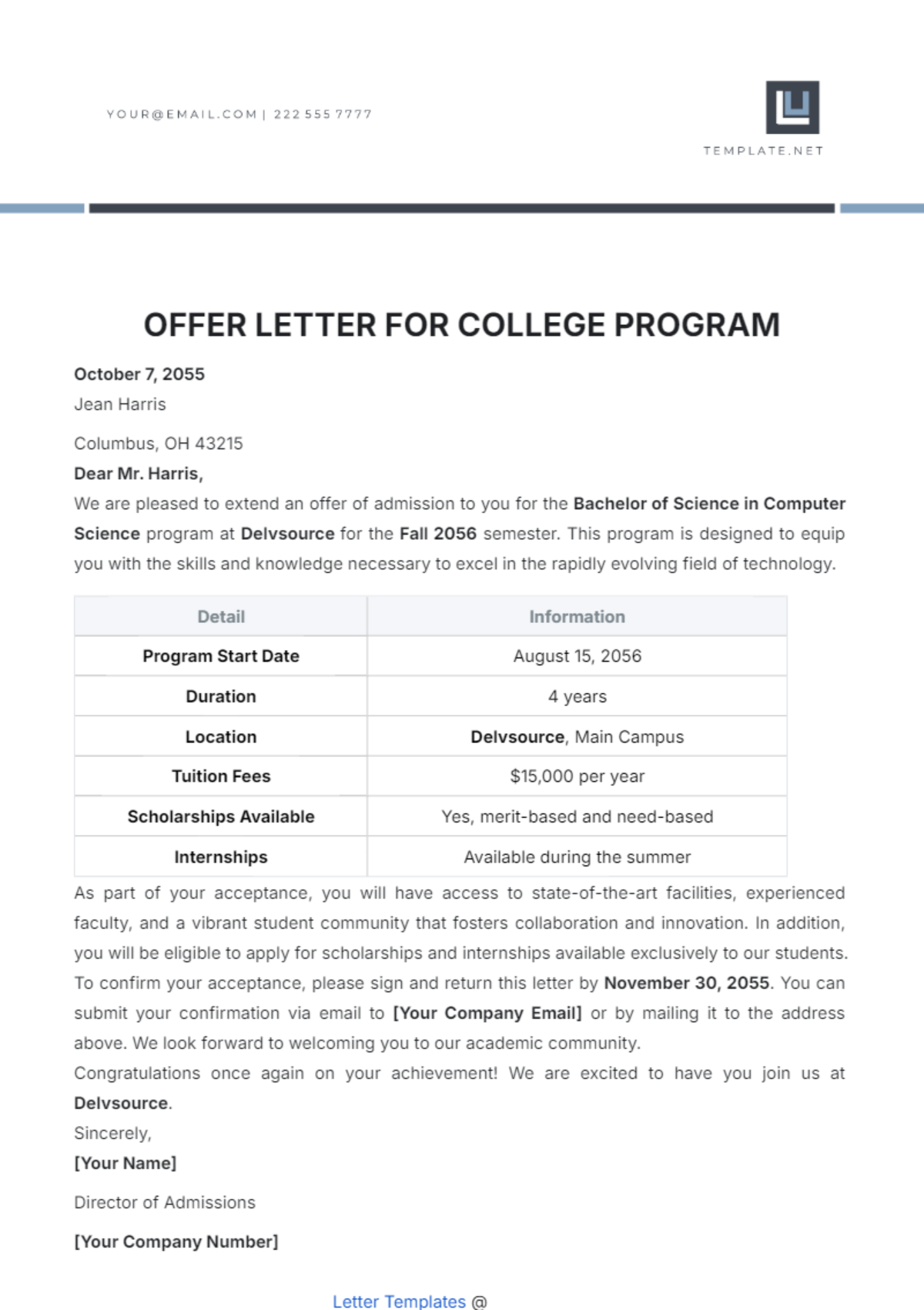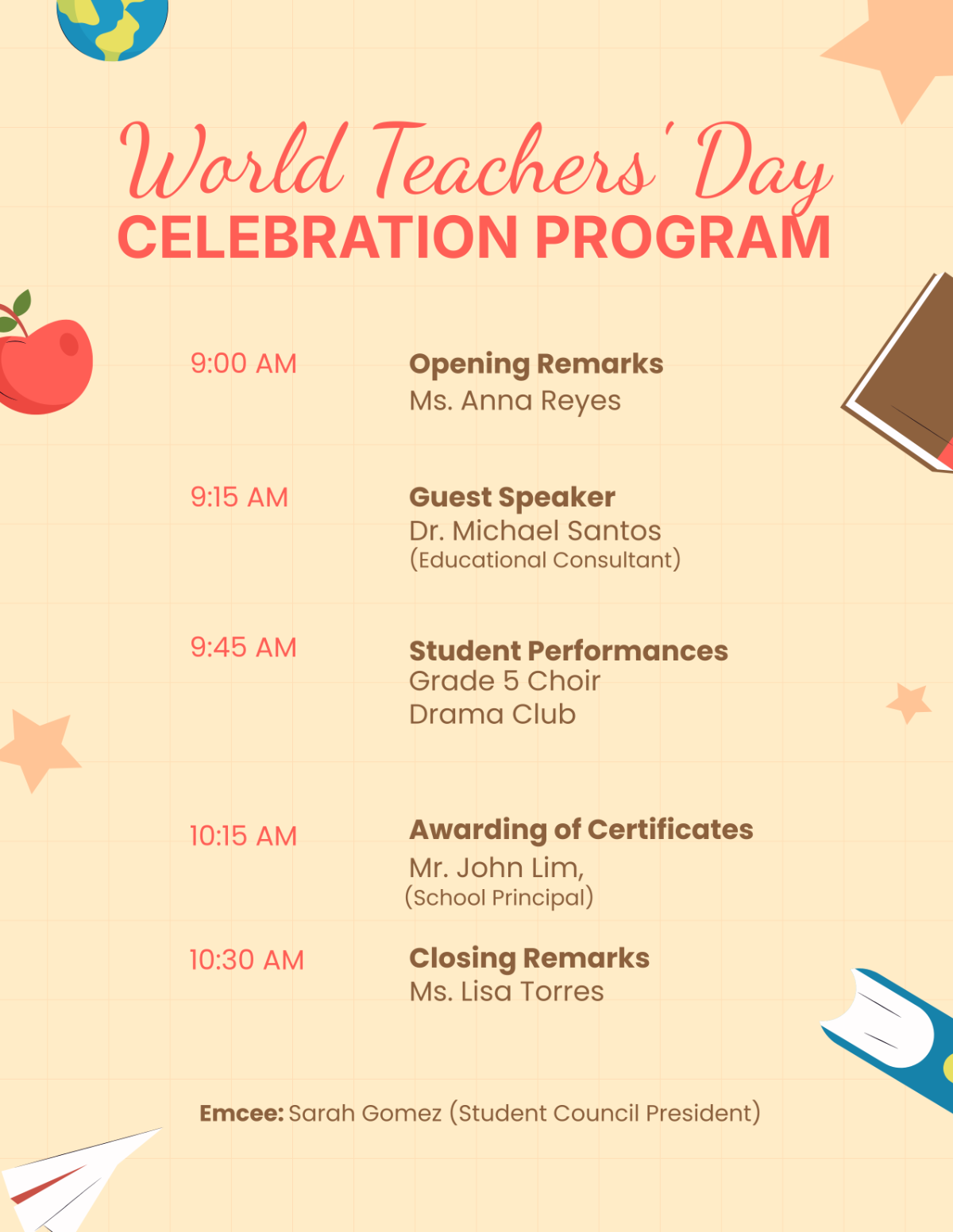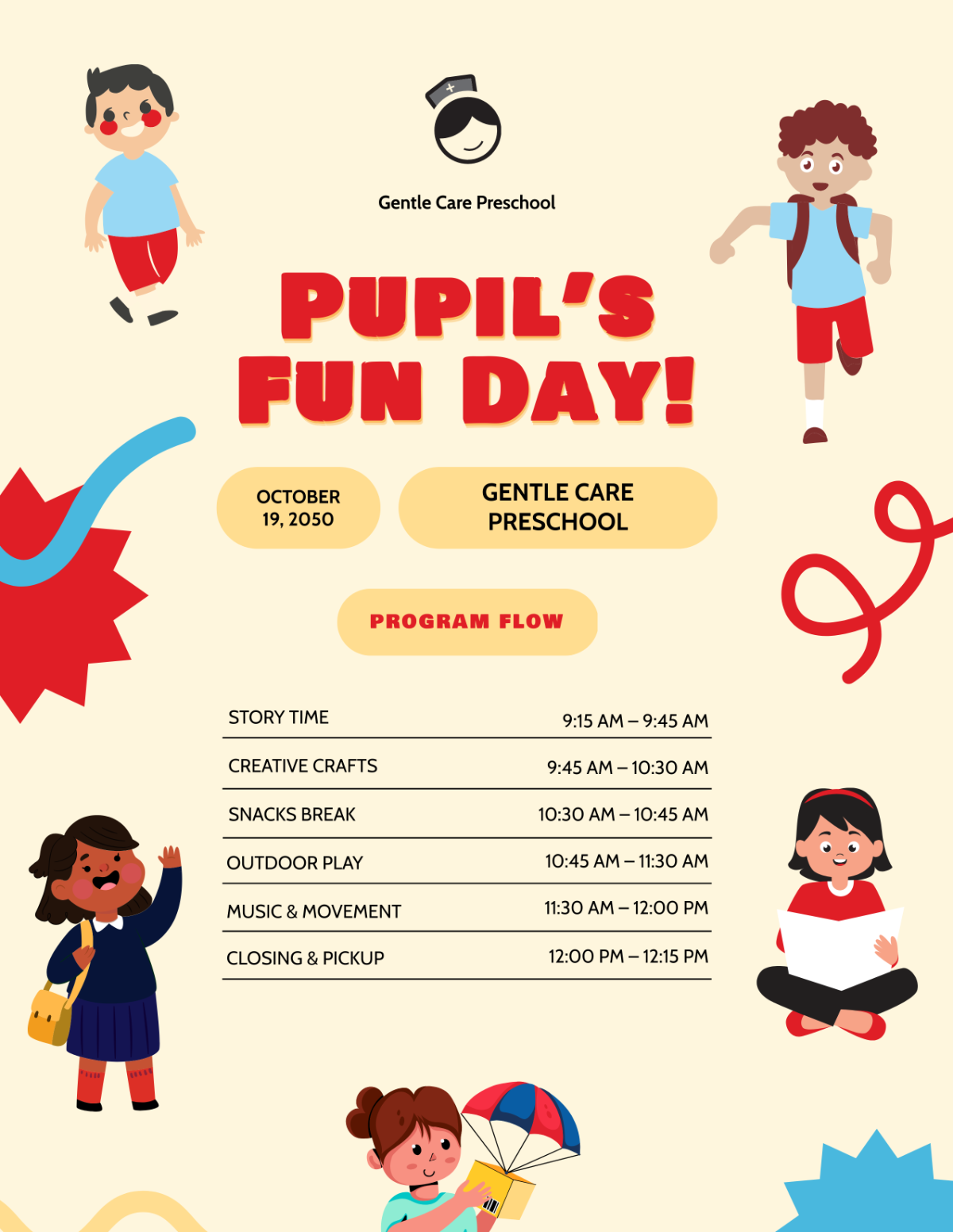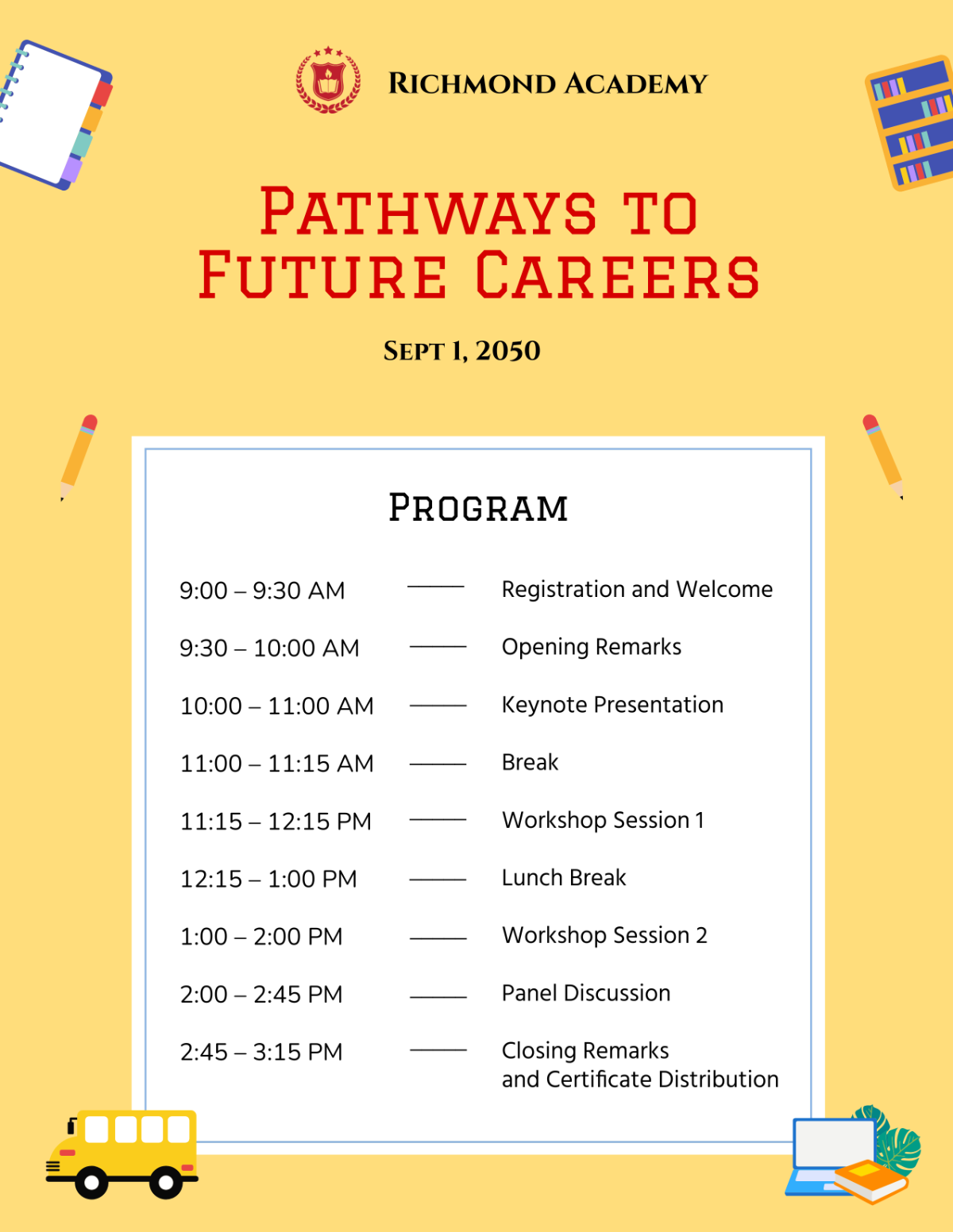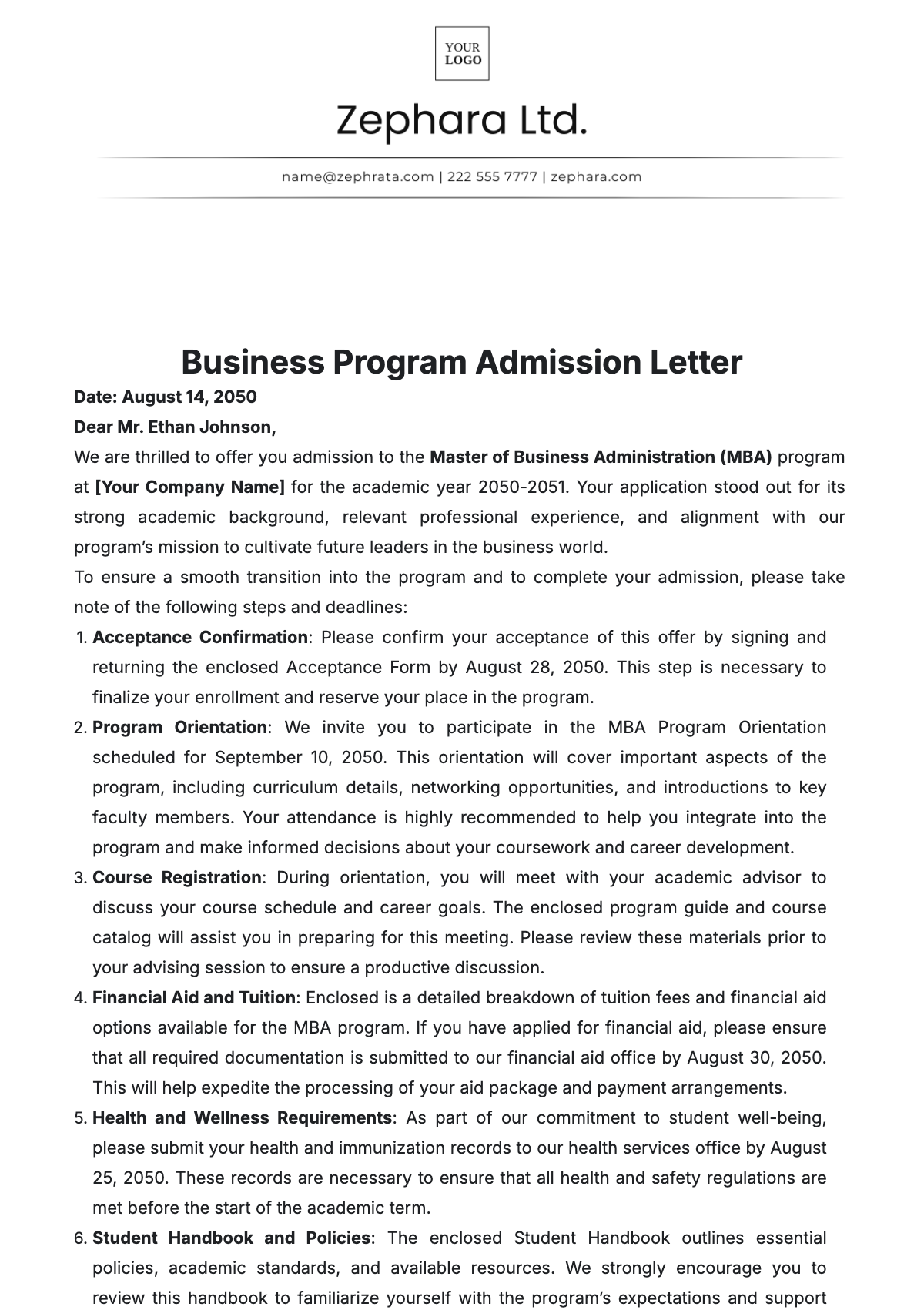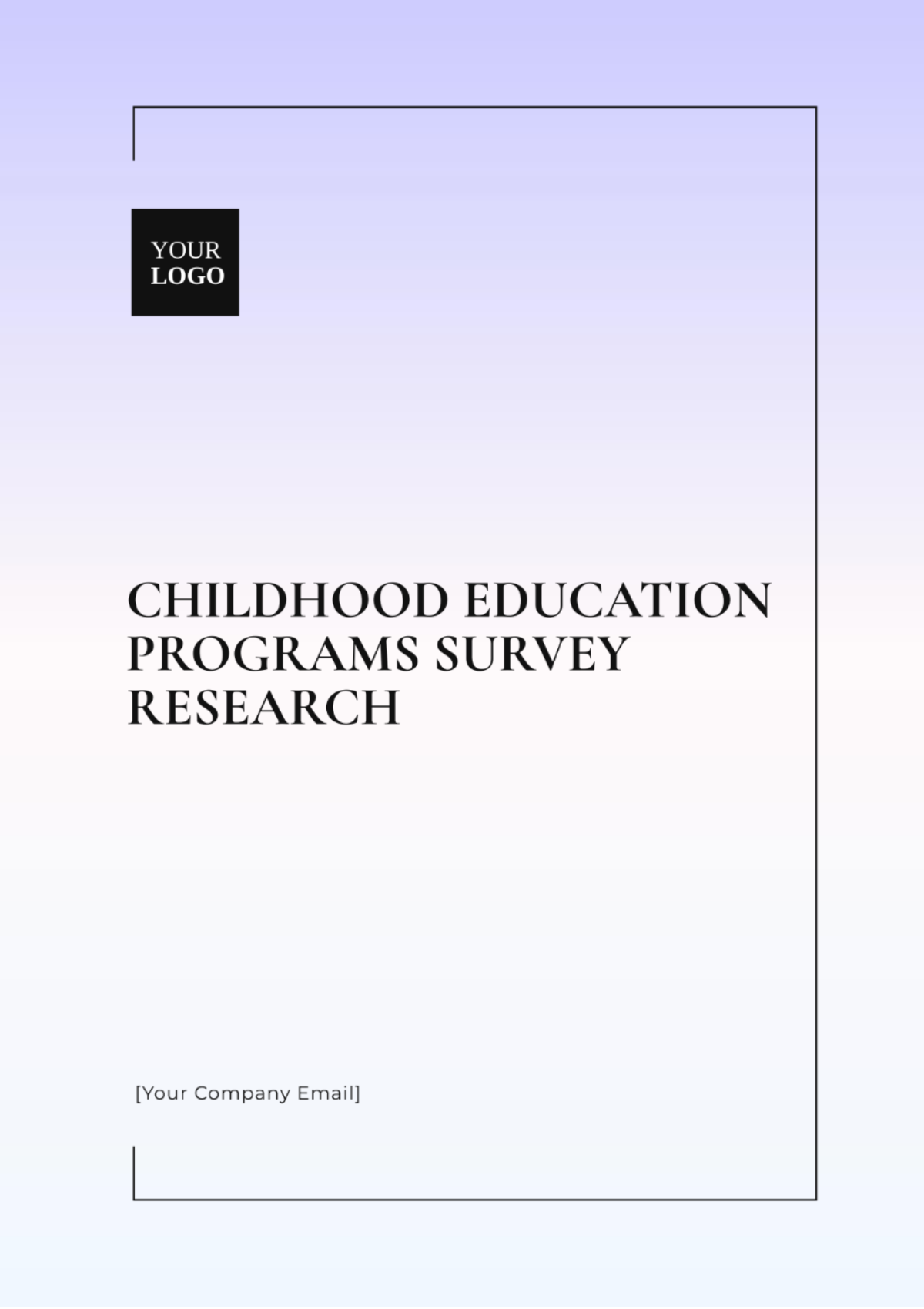Health and Wellness School Program Proposal
Prepared by: [Your Name]
School: [Your Company Name]
Date: January 5, 2050
1. Introduction
The health and well-being of students are critical factors in their academic success and personal development. This proposal outlines a comprehensive Health and Wellness Program designed to promote physical, mental, and emotional health within the school community. The program aims to foster healthy habits, provide mental health resources, and create a supportive environment for all students and staff.
2. Program Objectives
Enhance Physical Health
Encourage regular physical activity through structured programs and extracurricular activities.
Promote nutritious eating habits via educational workshops and healthy cafeteria options.
Support Mental Health
Provide accessible counseling services and mental health resources.
Implement stress management and mindfulness workshops.
Create a Supportive Environment
Foster a culture of inclusivity and well-being.
Establish peer support networks and mentorship programs.
Educate on Health and Wellness
Deliver age-appropriate health education focusing on holistic well-being.
Address topics such as substance abuse prevention, hygiene, and sleep health.
3. Proposed Activities
Weekly Fitness Challenges
Organize school-wide fitness challenges, such as step counts, yoga sessions, and sports tournaments.
Nutrition Education and Healthy Eating Campaigns
Host interactive workshops with nutritionists.
Introduce a “Healthy Plate” initiative in the school cafeteria.
Mental Health Awareness Week
Conduct activities, including guest speakers, interactive workshops, and art therapy sessions.
Mindfulness and Relaxation Techniques
Implement daily mindfulness sessions during morning announcements.
Offer after-school yoga and meditation classes.
Parent and Staff Engagement
Conduct health seminars and wellness fairs for families and staff.
Provide resources for parents to support their children’s well-being at home.
4. Implementation Plan
Phase 1: Planning (January - February 2050)
Form a Health and Wellness Committee comprising teachers, parents, students, and health professionals.
Assess current health initiatives and identify gaps.
Phase 2: Pilot Program (March-May 2050)
Launch a small-scale pilot focusing on one or two key activities.
Gather feedback from participants to refine the program.
Phase 3: Full-Scale Implementation (June - December 2050)
Roll out all planned activities across the school.
Monitor progress through regular surveys and feedback sessions.
Phase 4: Evaluation and Improvement (Ongoing starting January 2051)
Evaluate the program’s impact using metrics such as attendance, participation rates, and academic performance.
Make adjustments based on feedback and outcomes.
5. Budget Estimate
Category | Description | Amount ($) |
|---|---|---|
Personnel Costs | Hiring counselors, guest speakers | 15,000 |
Program Materials | Sports equipment, educational materials | 10,000 |
Workshops and Seminars | Costs for workshops and seminars | 5,000 |
Miscellaneous Costs | Marketing, incentives | 3,000 |
Total Estimated Budget | 33,000 |
6. Expected Outcomes
Improved physical fitness and nutritional habits among students.
Enhanced mental well-being and reduced stress levels.
Increased awareness and knowledge of health and wellness topics.
A stronger sense of community and support within the school.
7. Conclusion
Investing in the health and wellness of students is an investment in their future. This program aims to create a holistic, sustainable approach to well-being that benefits students, staff, and the broader school community. With your support, we can make this vision a reality.
